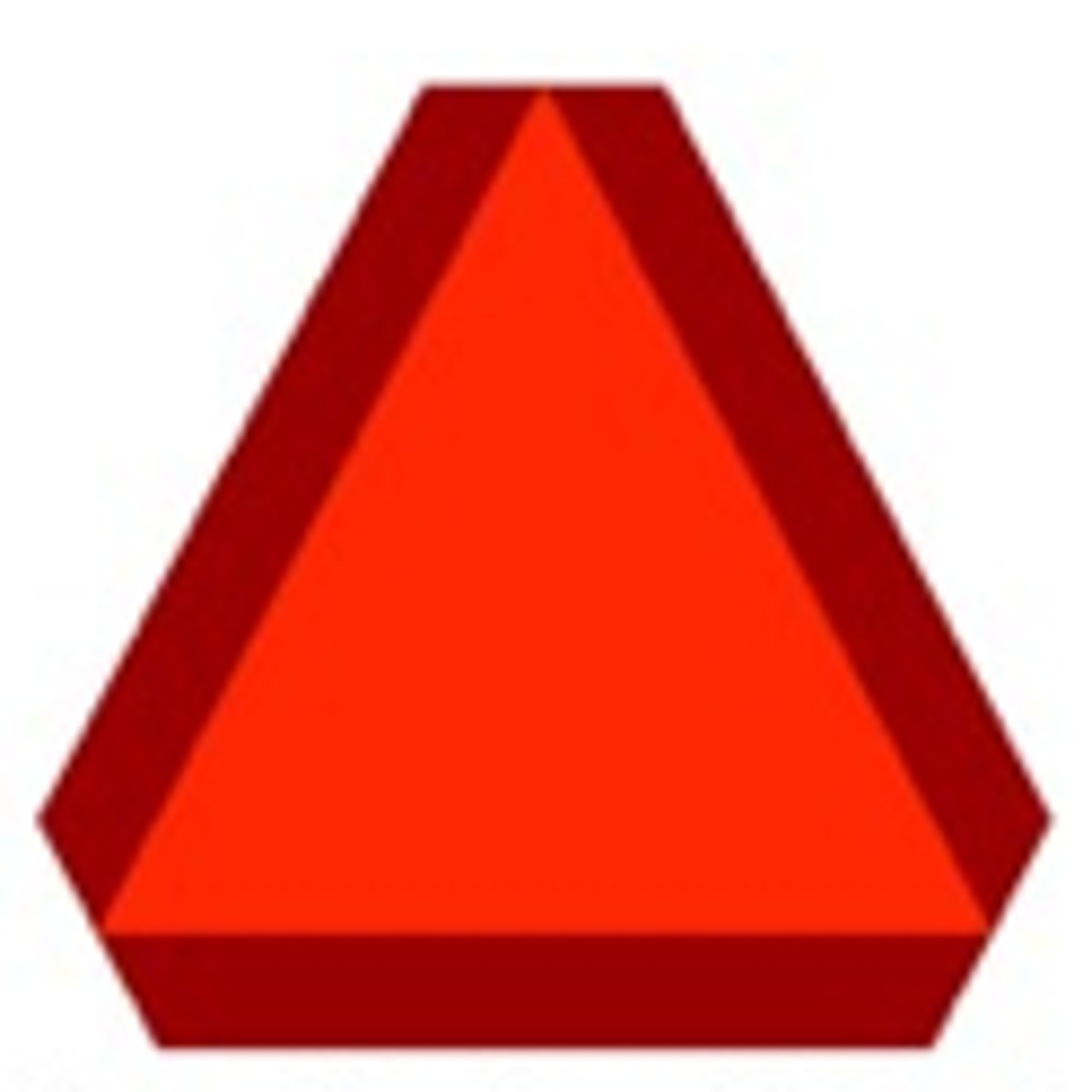Virginia Road Signs
1/58
There's no tags or description
Looks like no tags are added yet.
Name | Mastery | Learn | Test | Matching | Spaced |
|---|
No study sessions yet.
59 Terms
Indicates lanes reserved for buses, motorcycles, and vehicles with the number of occupants specified on the sign.
High Occupancy Vehicle
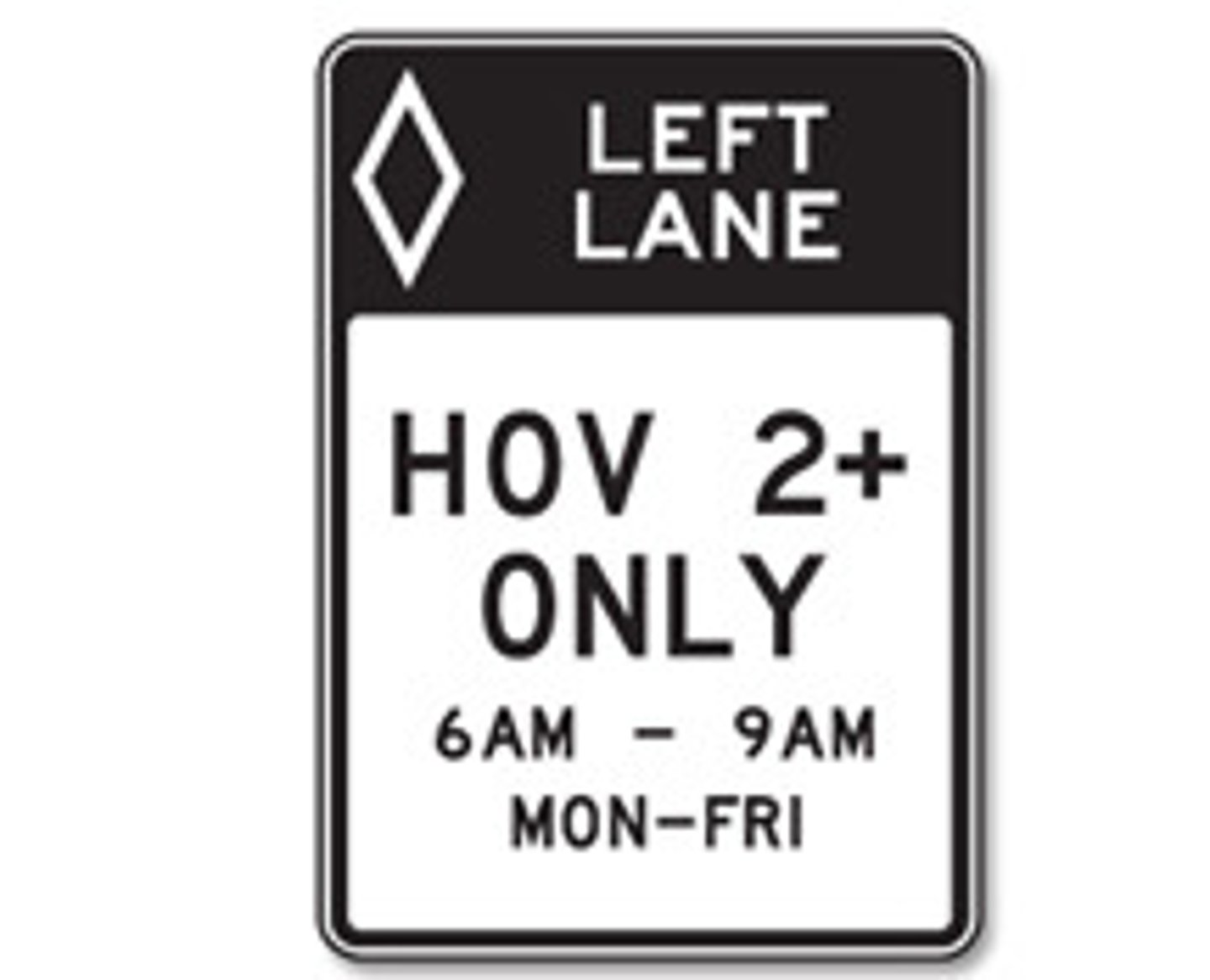
Indicates traffic signals ahead. Slow down and be ready to stop.
Signal Ahead
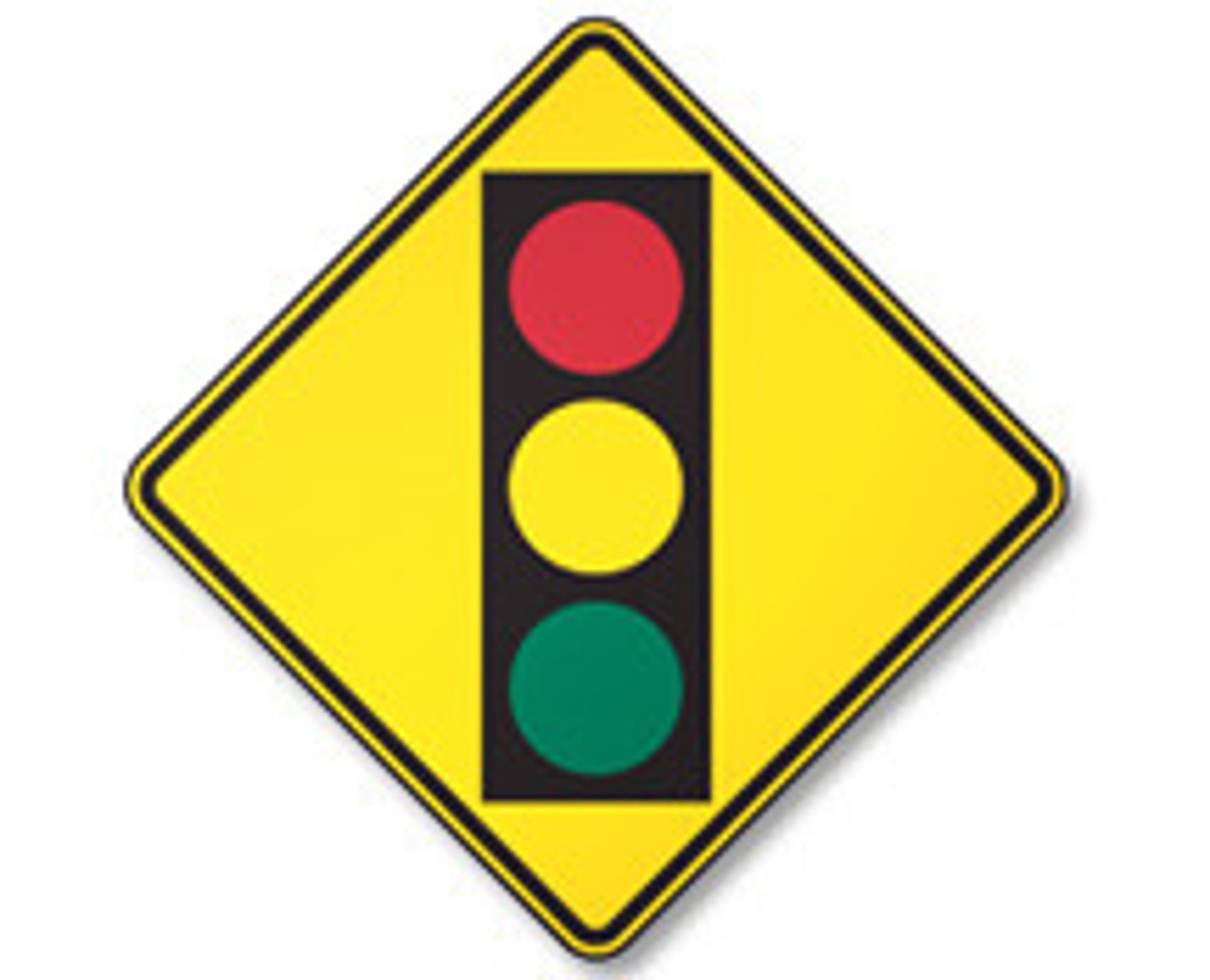
Indicates a steep slope where the railroad tracks cross the road and may cause the bottom of low vehicles to get caught or drag on the tracks.
Low Ground Railroad Crossing
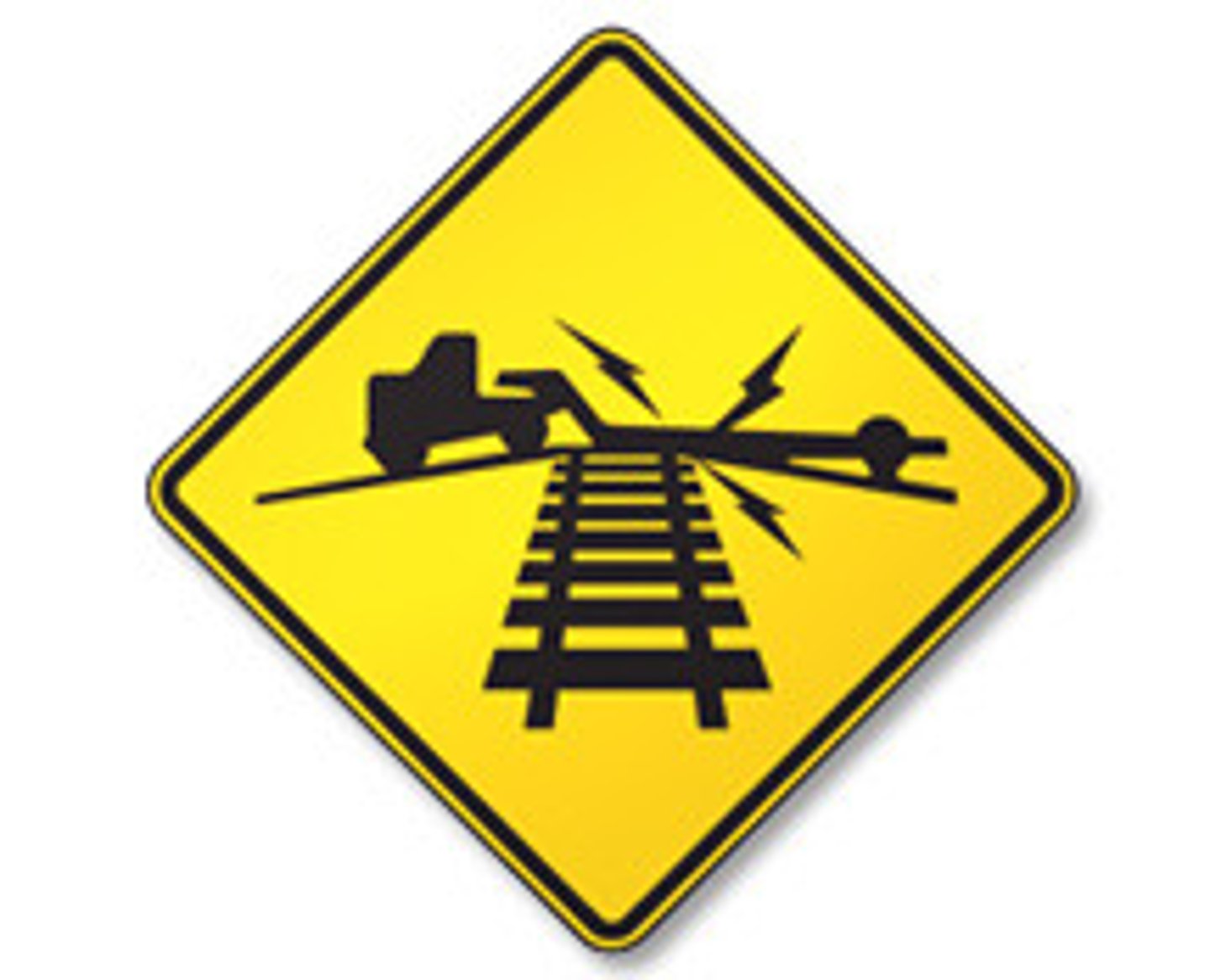
Advance warning signs are placed before a railroad crossing. These signs warn you to look, listen, slow down and be prepared to stop for trains or any vehicles using the rails.
Railroad Crossing
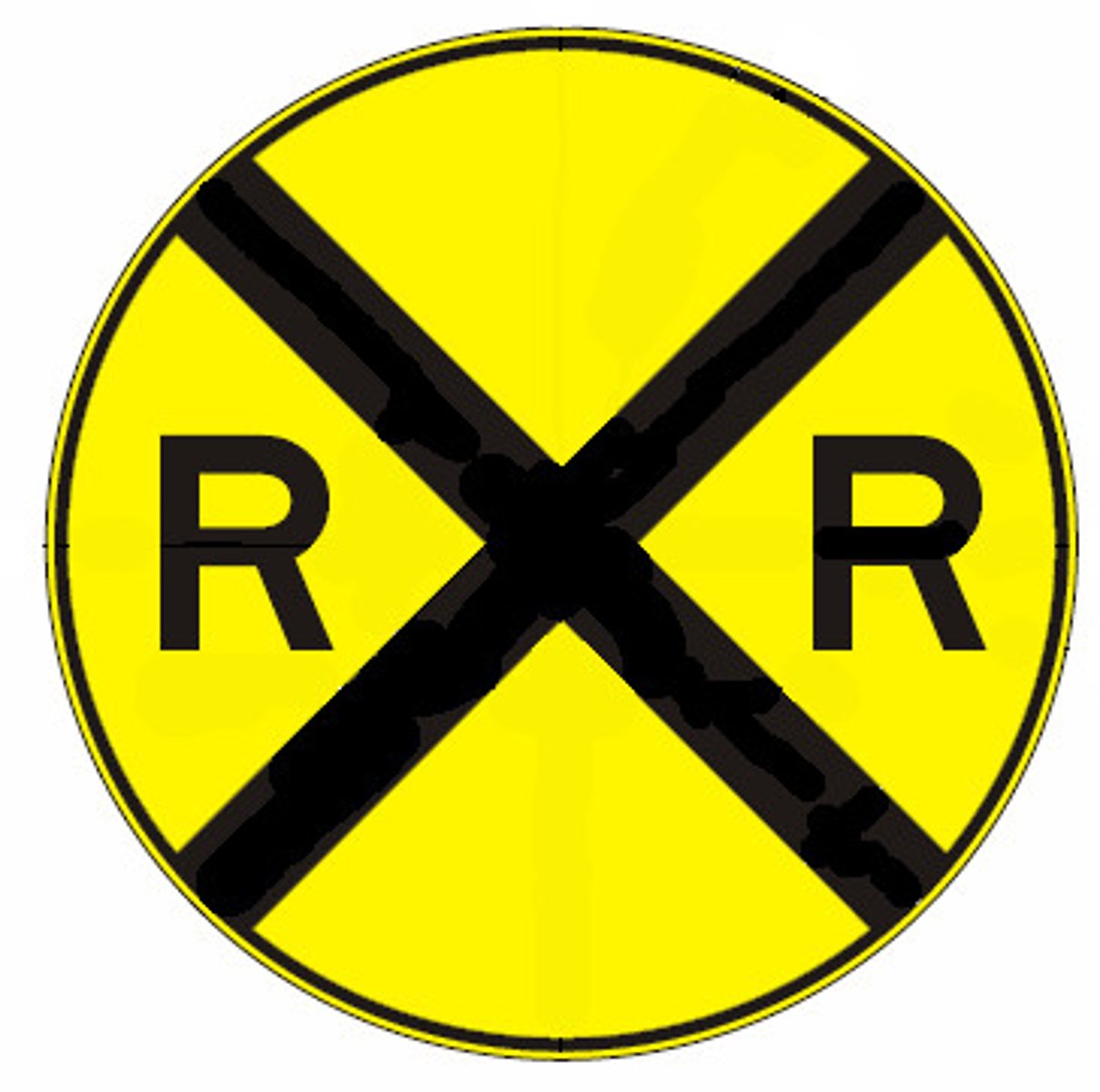
This sign is a warning of a railroad crossing. Look, listen, slow down and be prepared to stop for trains or any vehicles using the trails.
Railroad Crossbuck
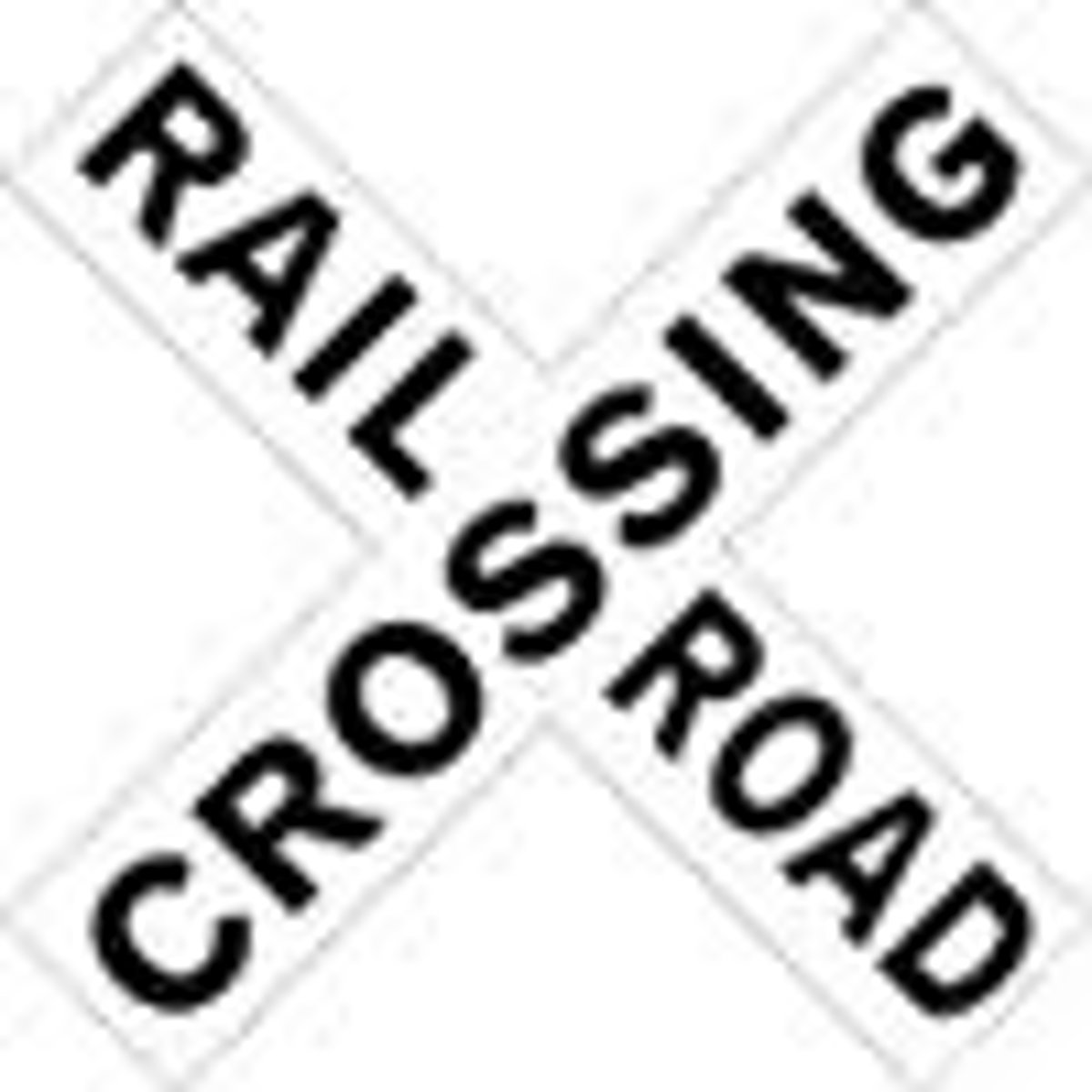
If there is more than one track, the sign below the crossbuck will indicate the number of tracks at the crossing. Slow down and be prepared to stop.
Railroad Crossbuck and Track Indicator
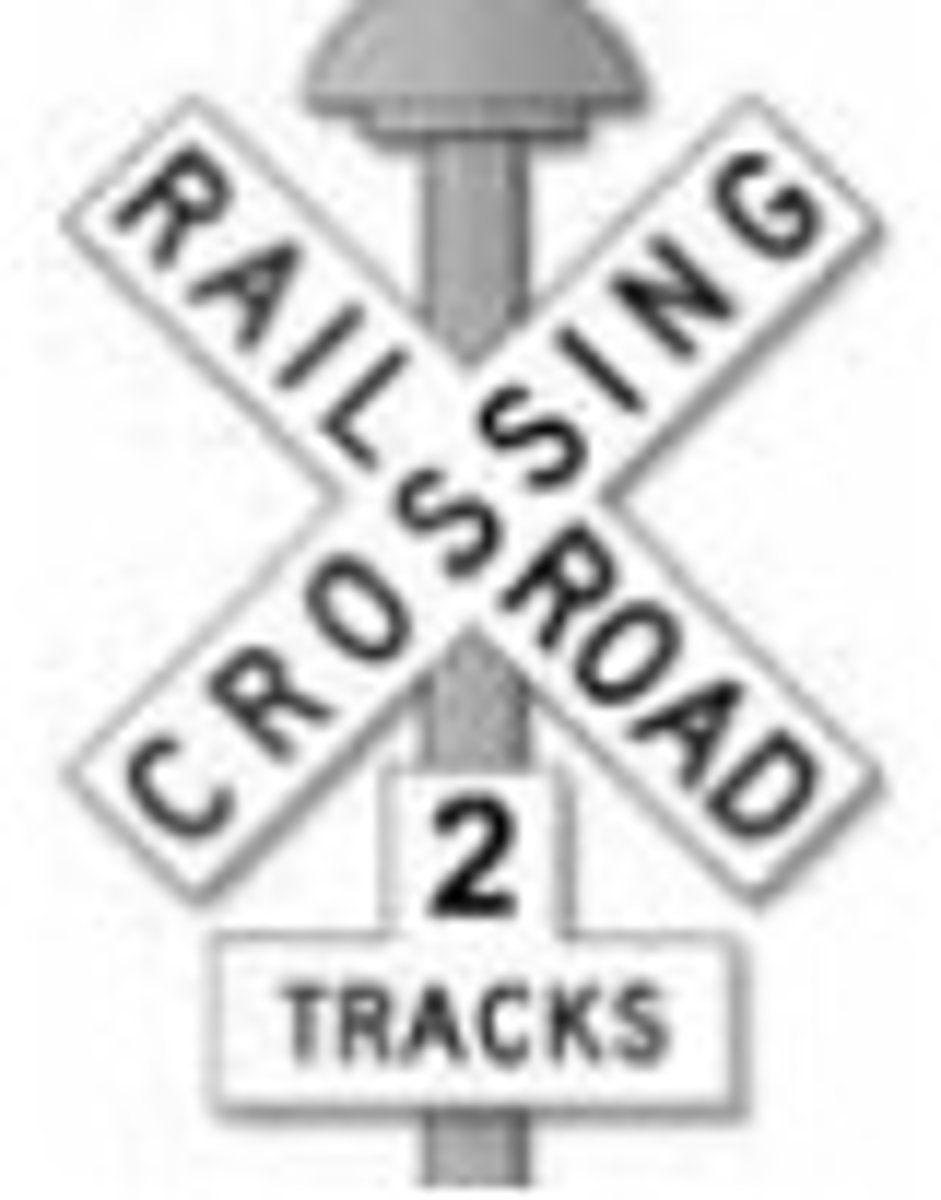
Indicates two lanes of traffic moving in the same direction about to become one. Drivers in both lanes are responsible for merging safely.
Merge
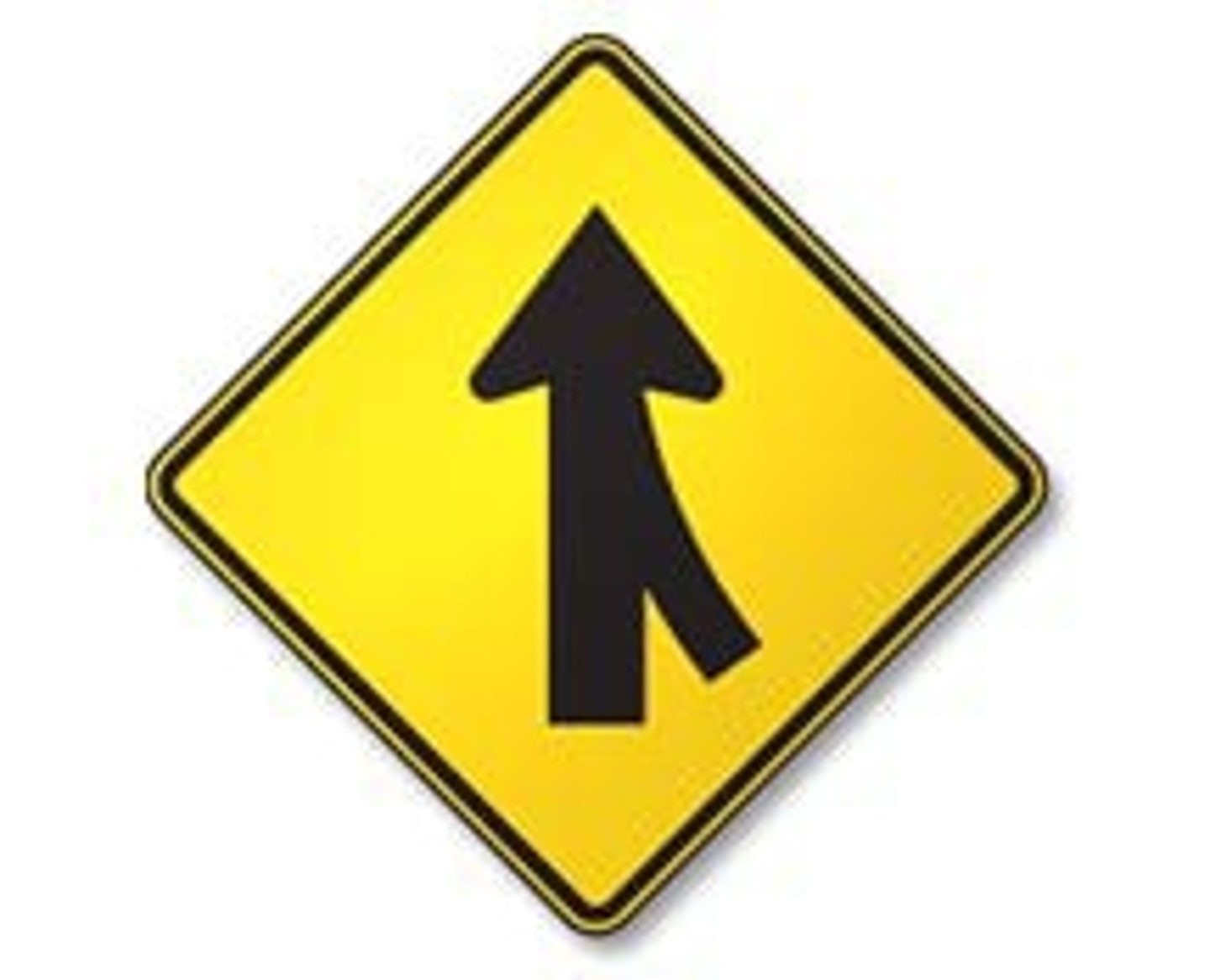
Indicates a steep grade ahead and check your brakes.
Hill
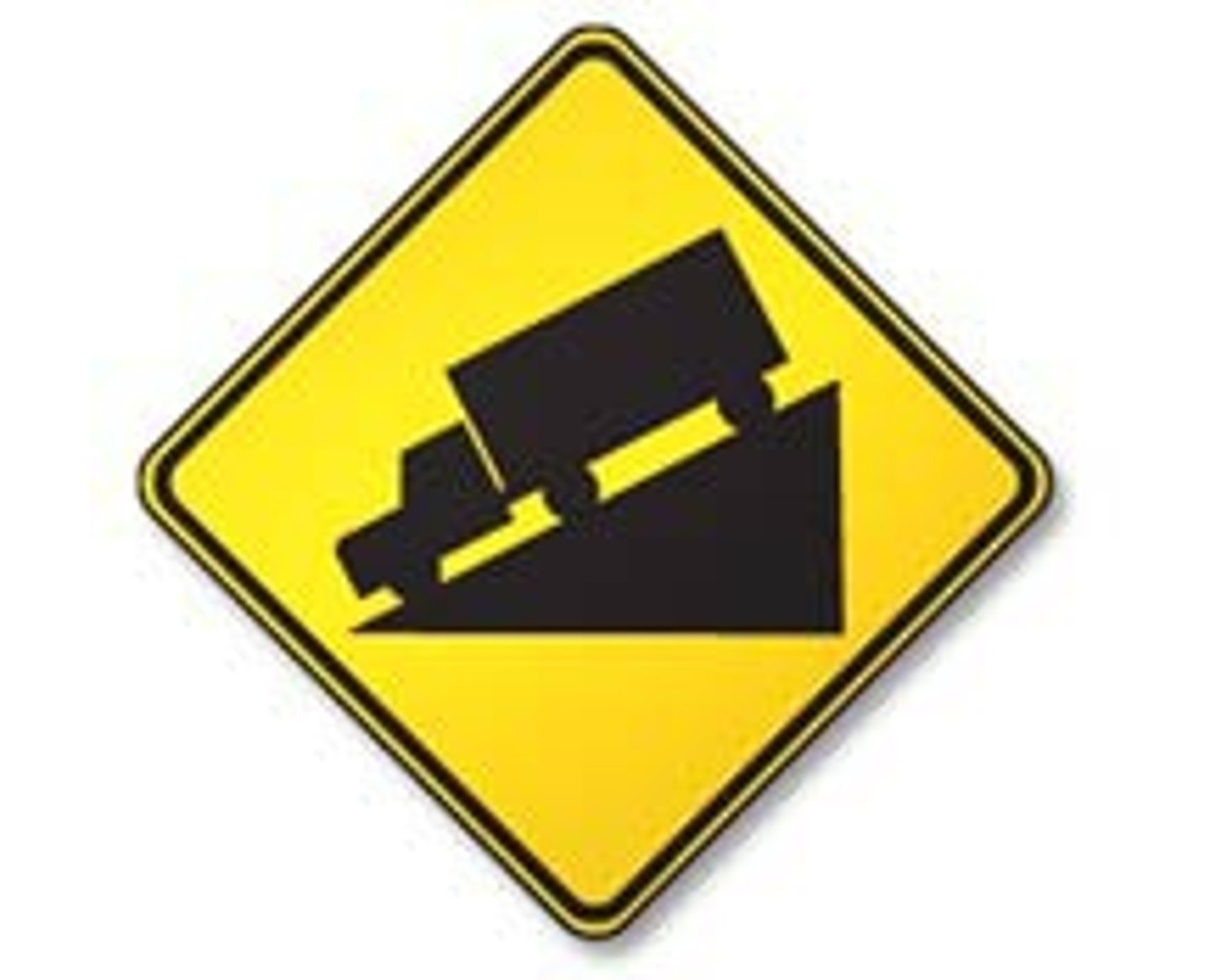
Indicates that bicycles regularly cross or ride beside traffic in this area and drive with caution.
Bicycle Crossing/Bike Path
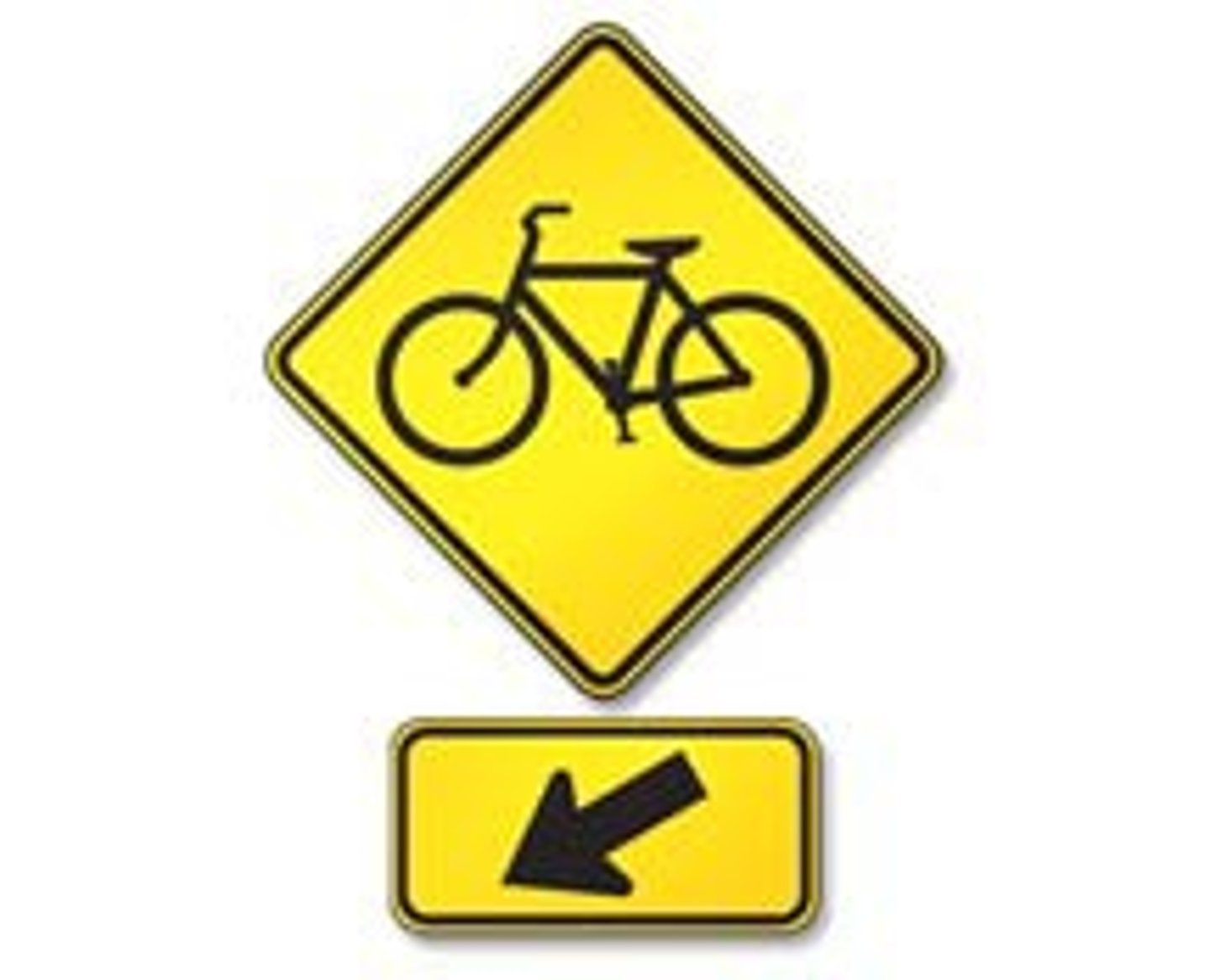
Indicates that the road ahead winds with a series of turns or curves and slow down for better control.
Winding Road
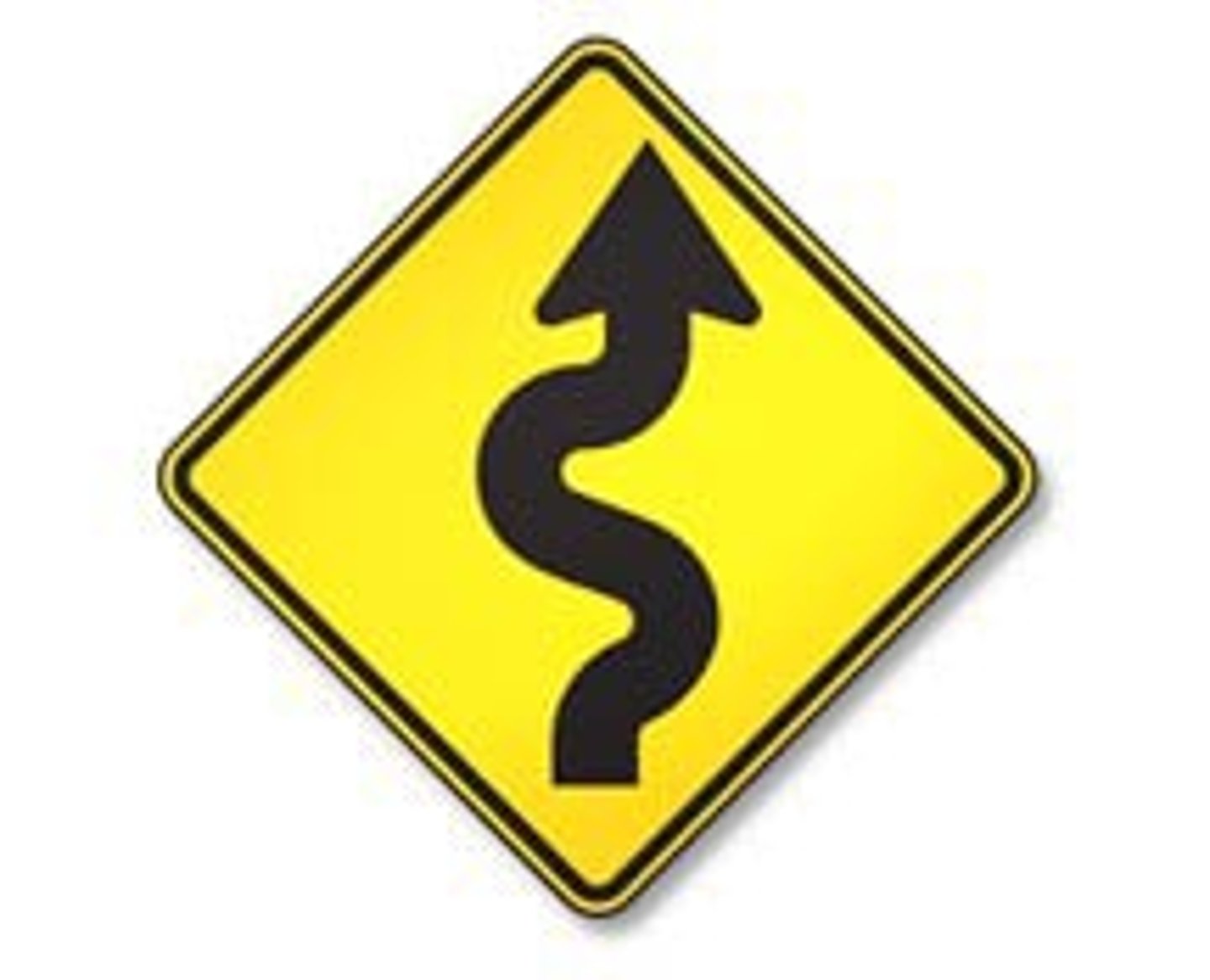
Indicates a change in traffic pattern or route ahead. Slow down; unusual or potentially dangerous conditions ahead.
Road Construction Ahead
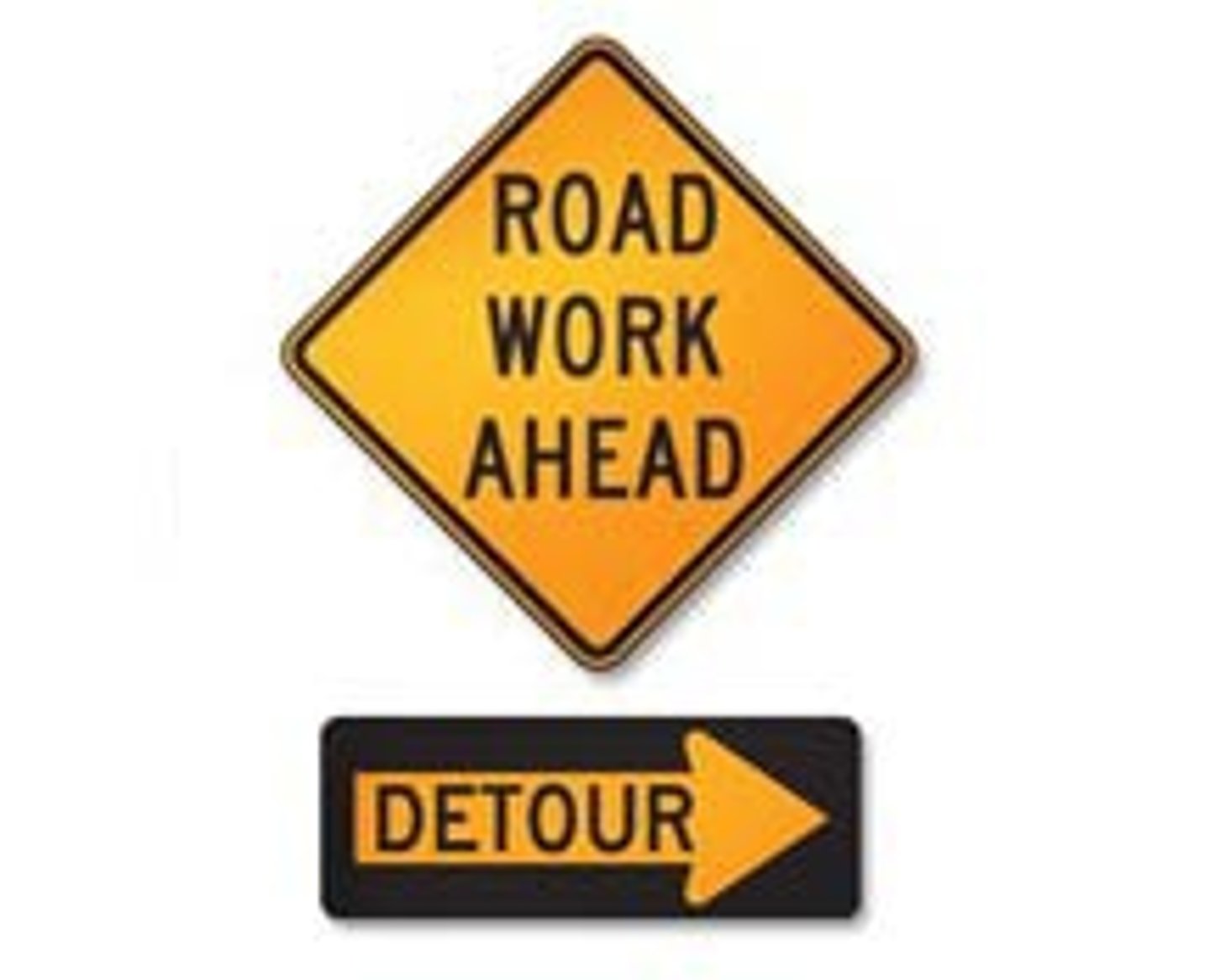
Indicates the maximum legal speed you can drive where the sign is posted when weather conditions are good.
Speed Limit
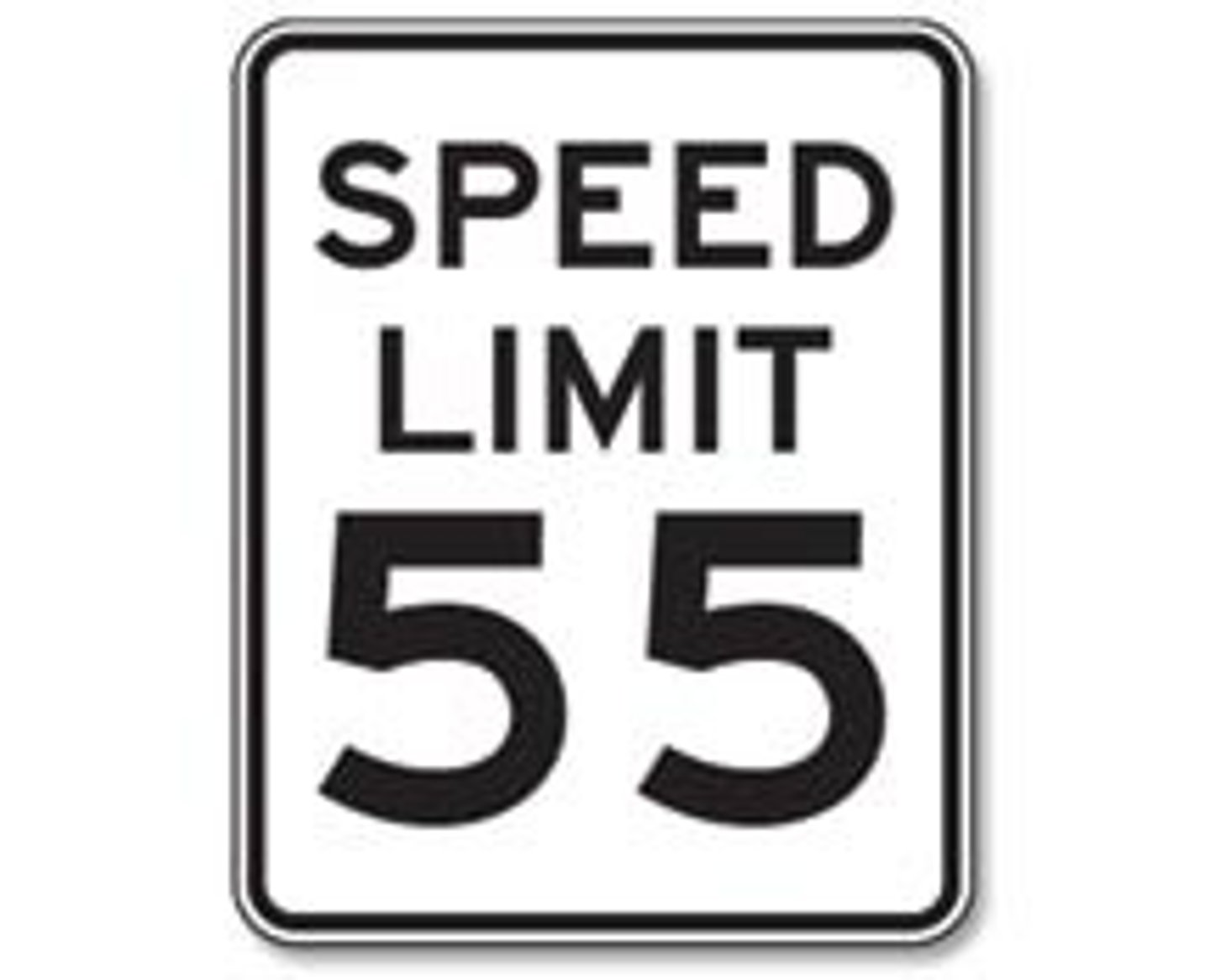
Indicates a traffic island, median, or barrier is ahead; keep to the side indicated by the arrow.
Keep Right
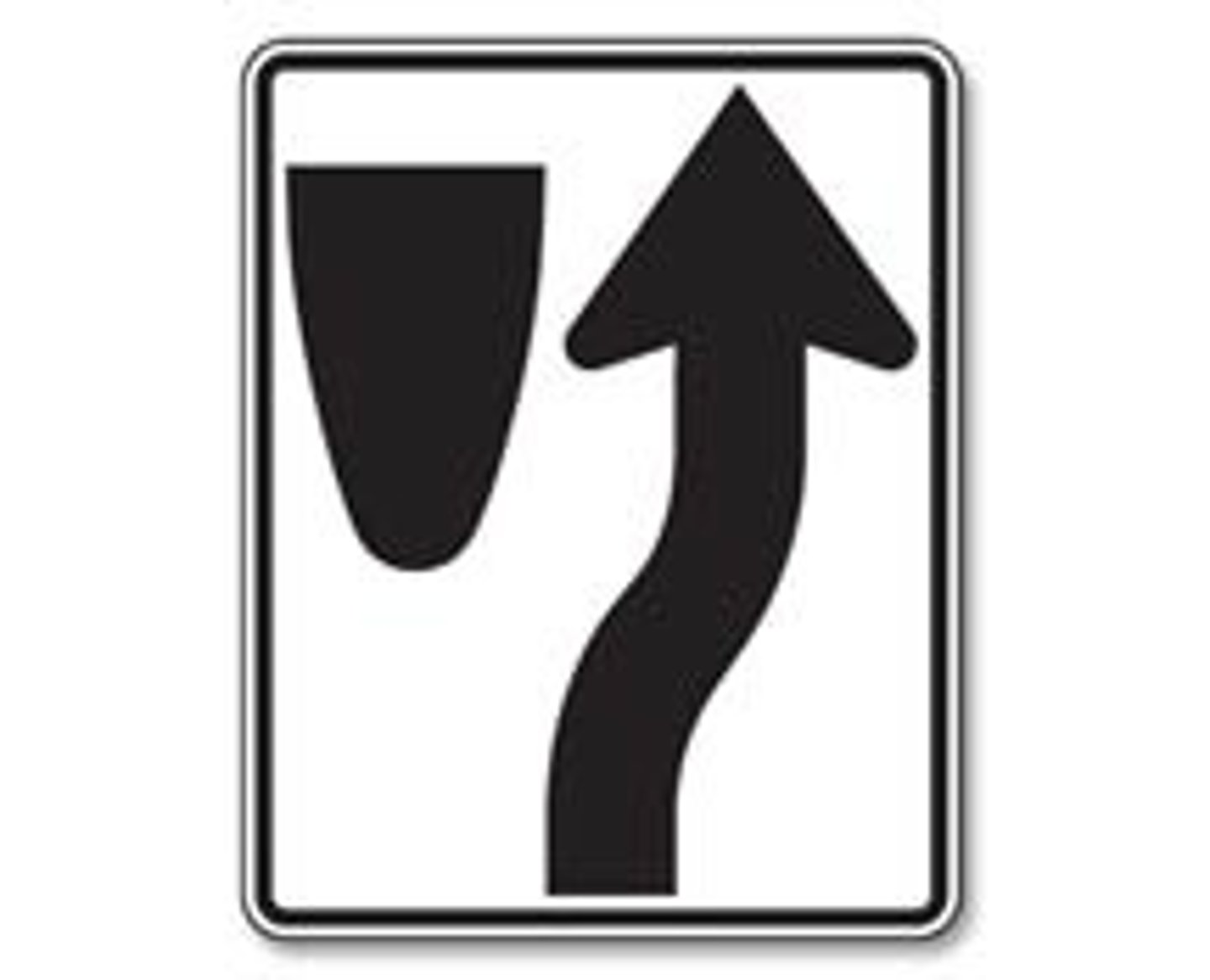
Indicates that left turns are illegal here. U-Turns are considered as two left turns and are also illegal if this sign is posted.
No Left Turn
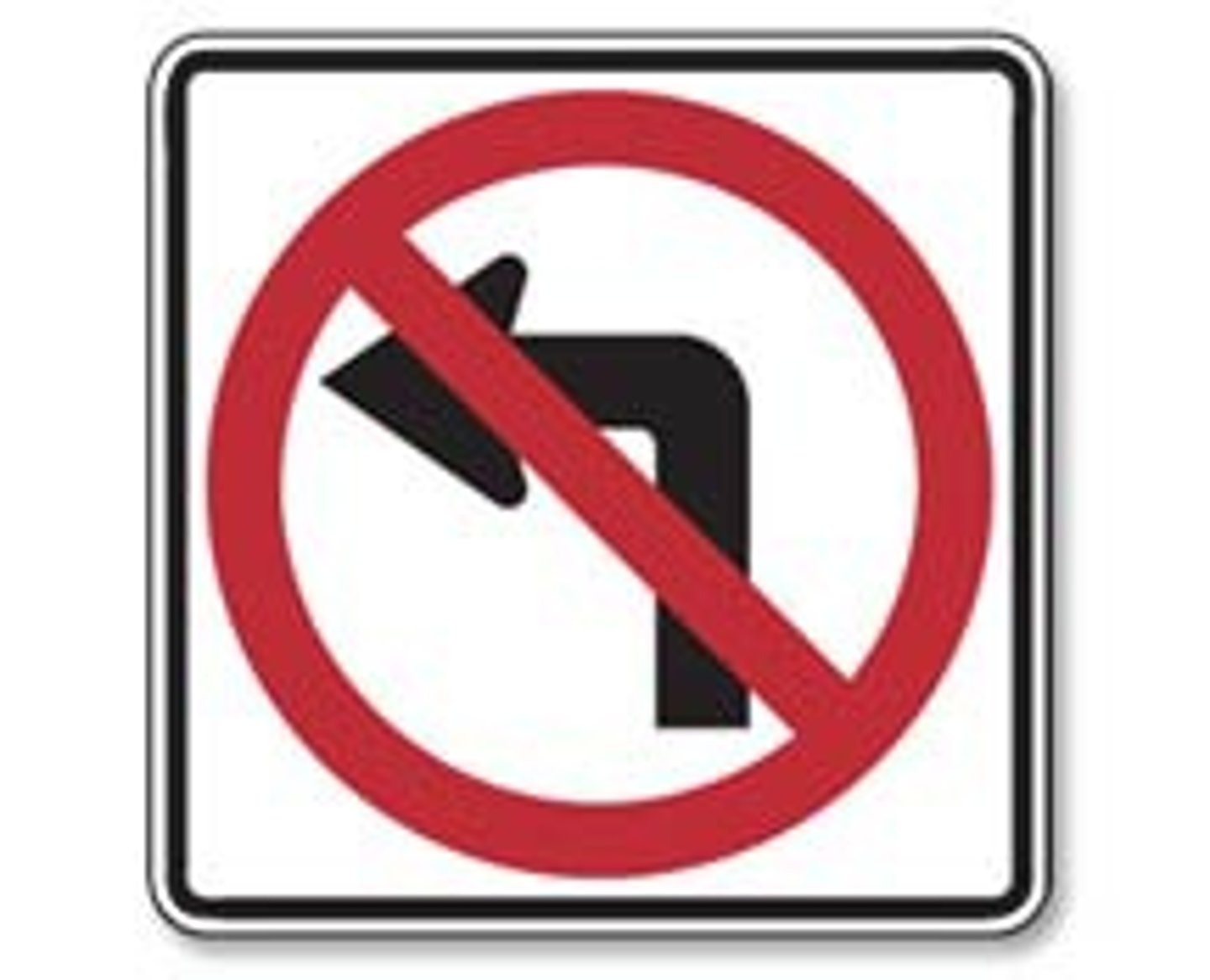
Indicates traffic only flows in the direction of the arrow.
One Way
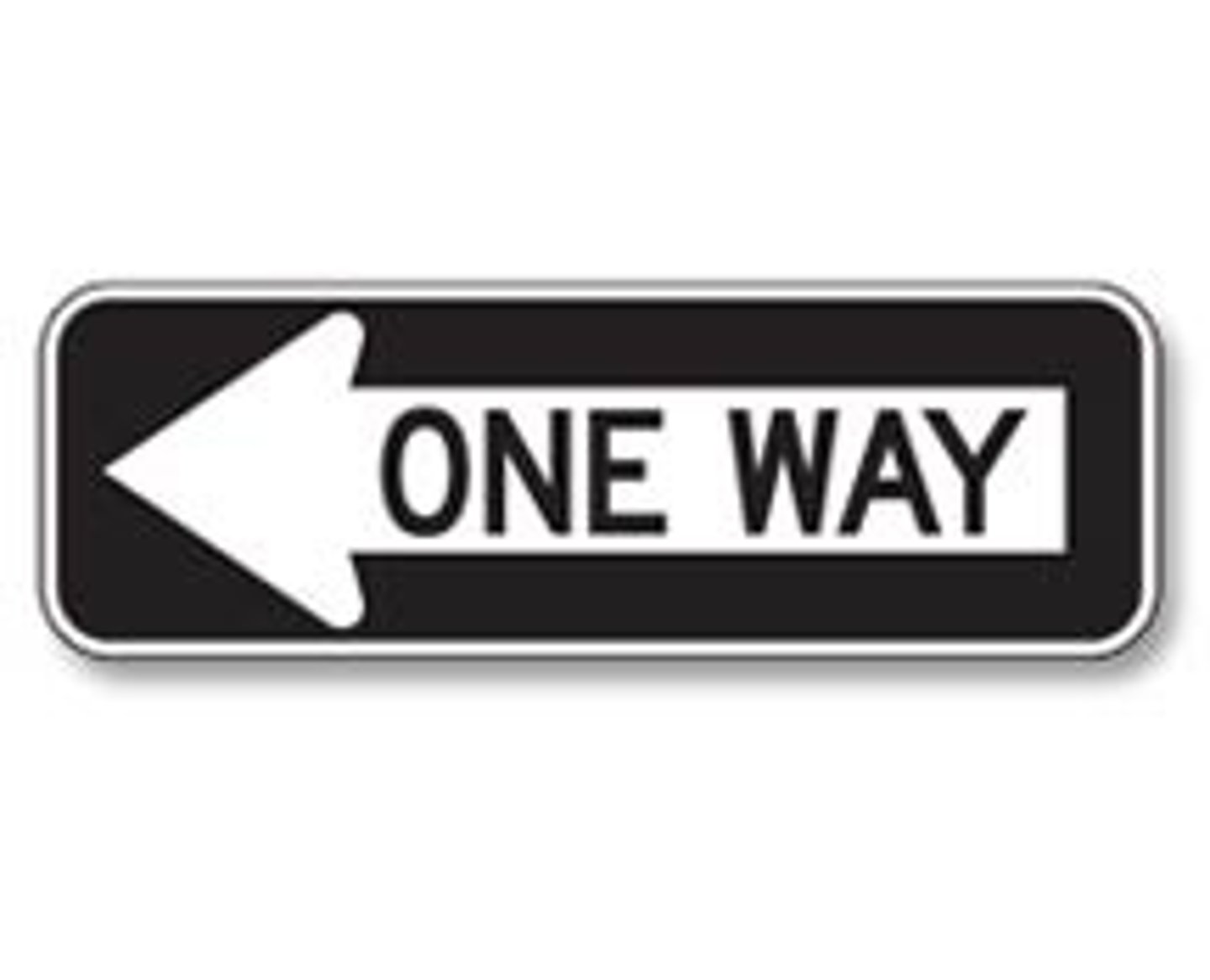
Indicates that you cannot drive in this direction and cautiously turn around.
Wrong Way (Do Not Enter)
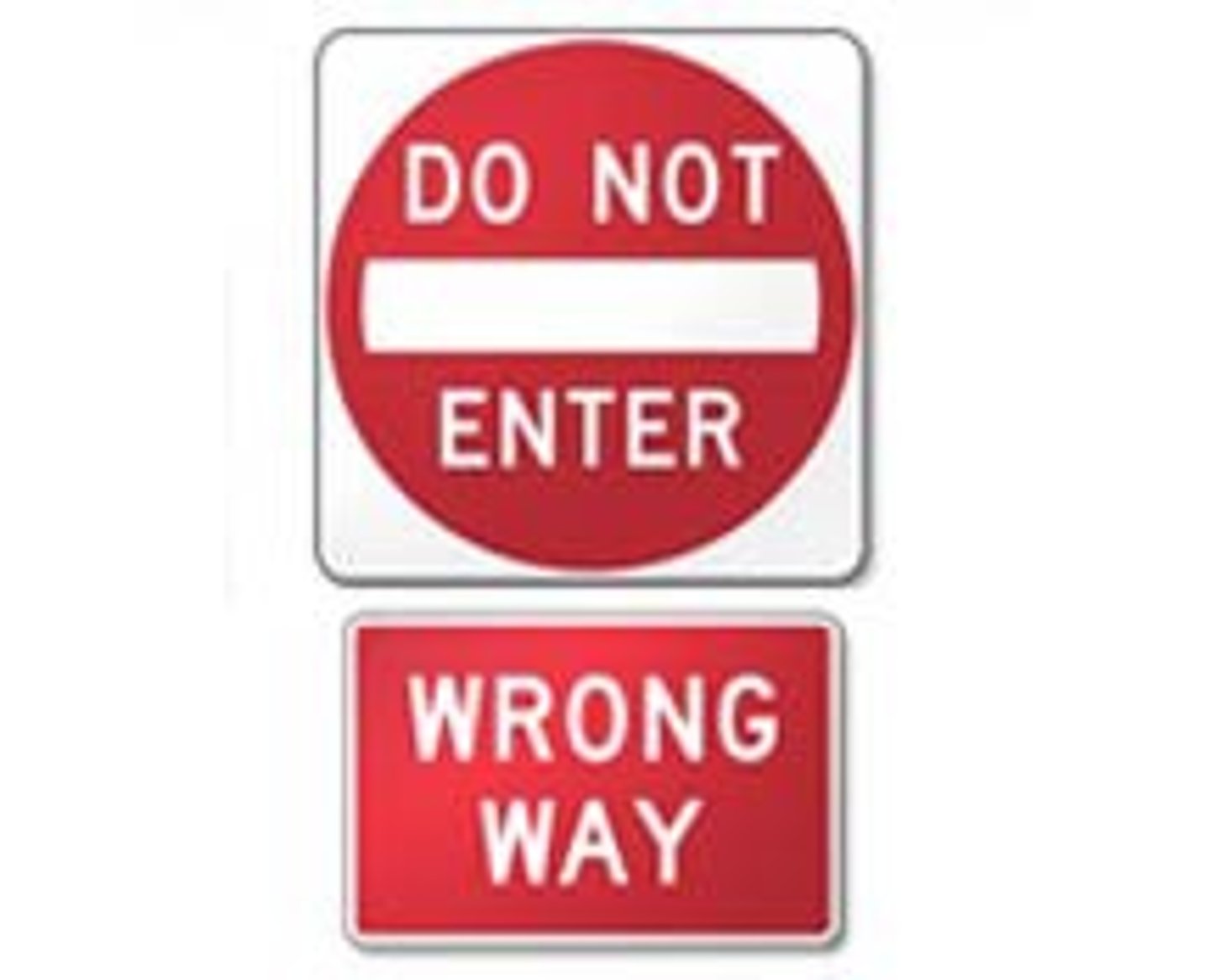
Indicates that you must come to a complete stop. Wait for pedestrians to clear crosswalks before continuing.
Stop

Indicates a low overpass. Do not proceed if your vehicle is taller than the height indicated.
Low Clearance
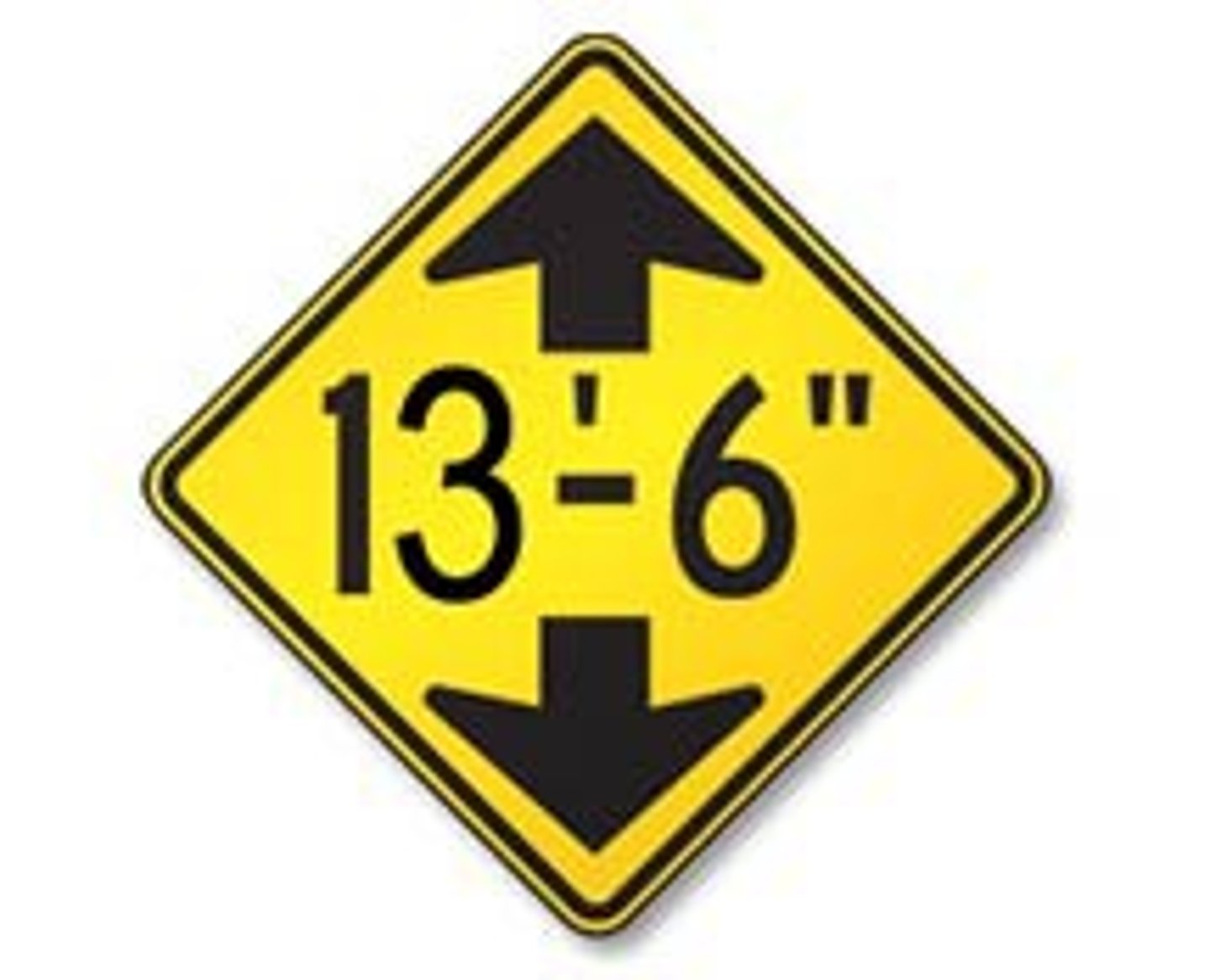
Indicates you must slow down and prepare to stop. Other vehicles have the right-of-way.
Yield
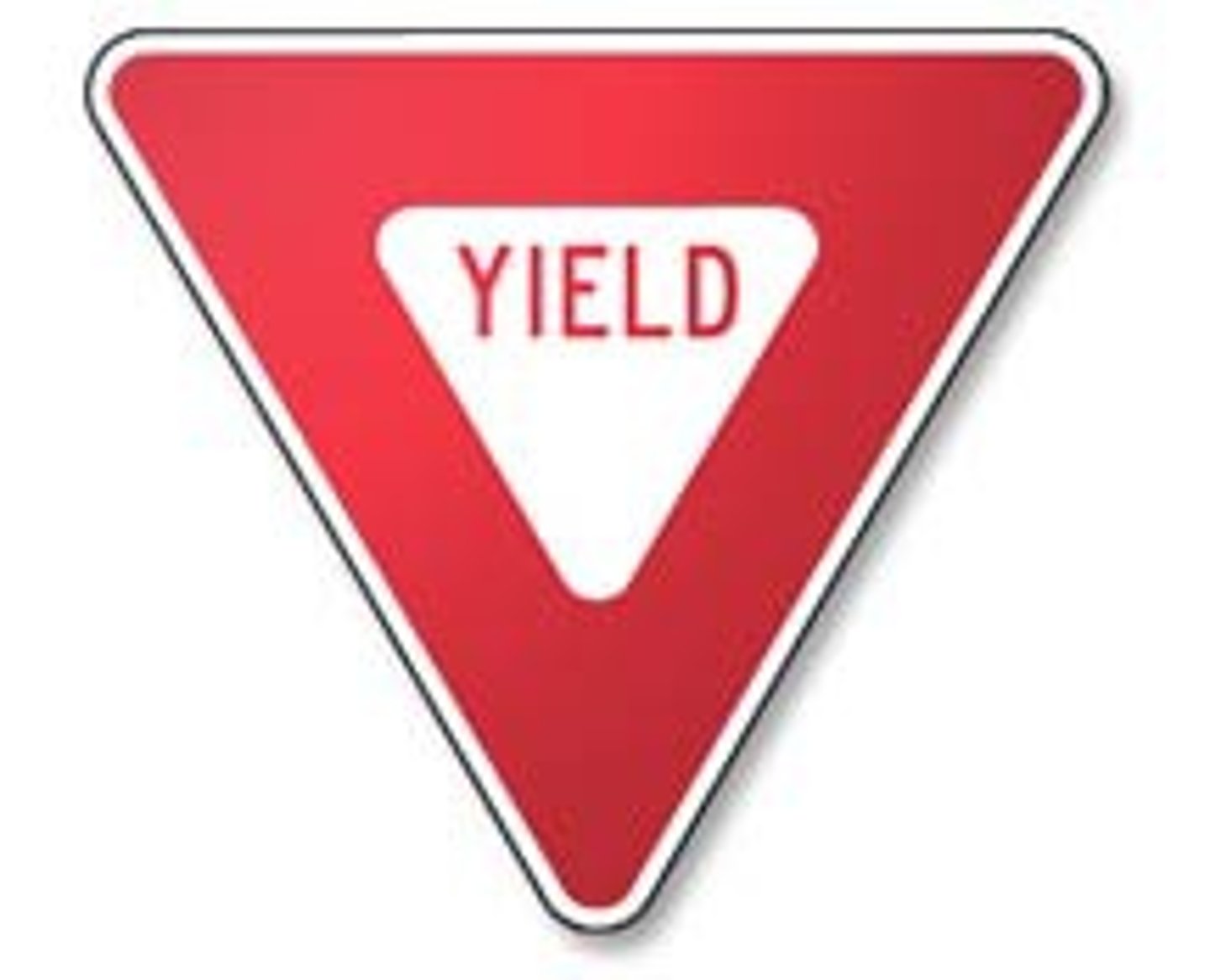
Indicates that traffic turning left at a green light does not have the right-of-way and must yield to oncoming traffic from the other direction; used in conjunction with a traffic signal.
Left Turn Yield on Green
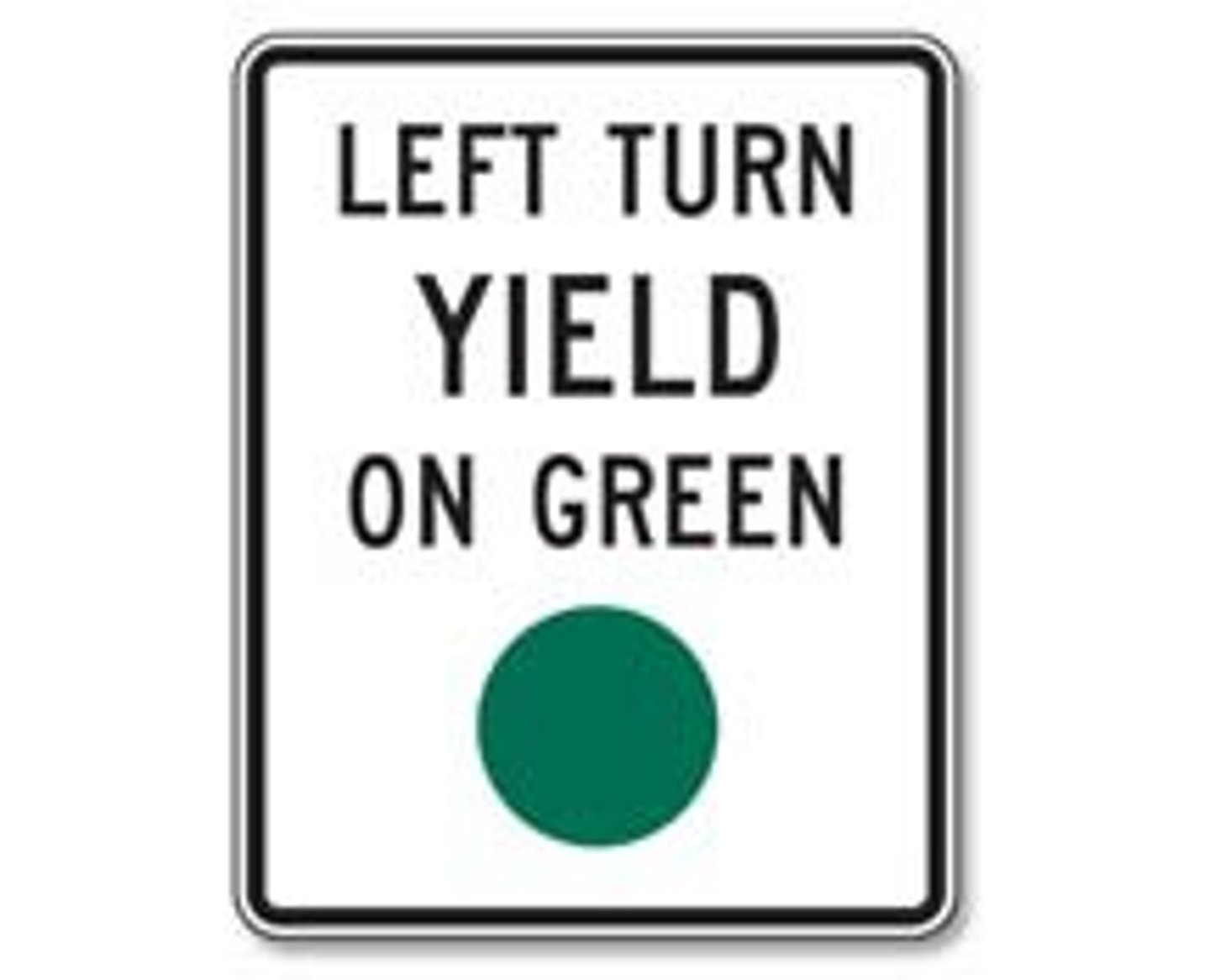
Indicates that deer cross the roadway in this area (slow down).
Deer Crossing
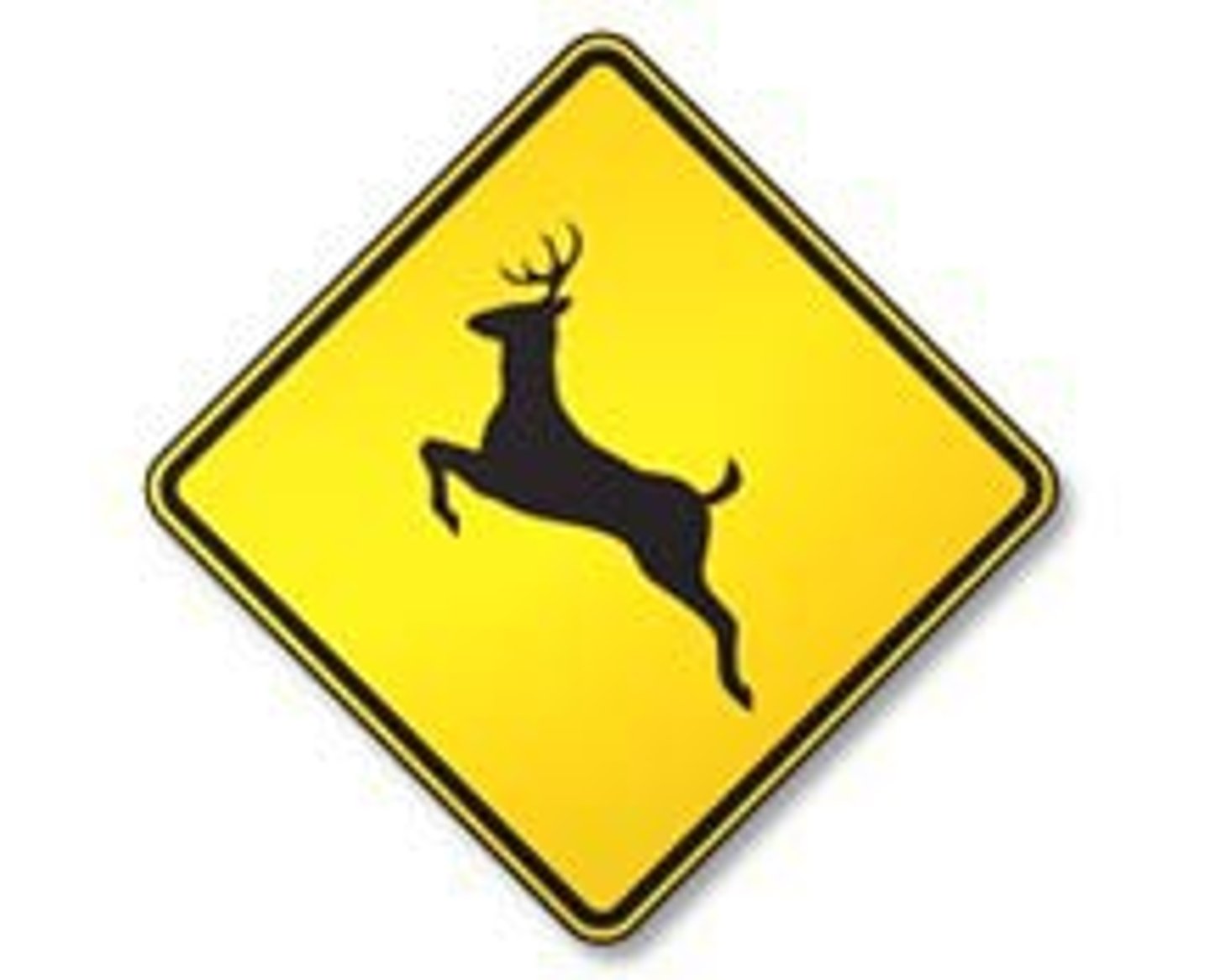
Indicates that you must watch for people entering a crosswalk or crossing your path. Slow down and be prepared to stop.
Pedestrian Crossign

Indicates that right turns are illegal.
No Right Turn
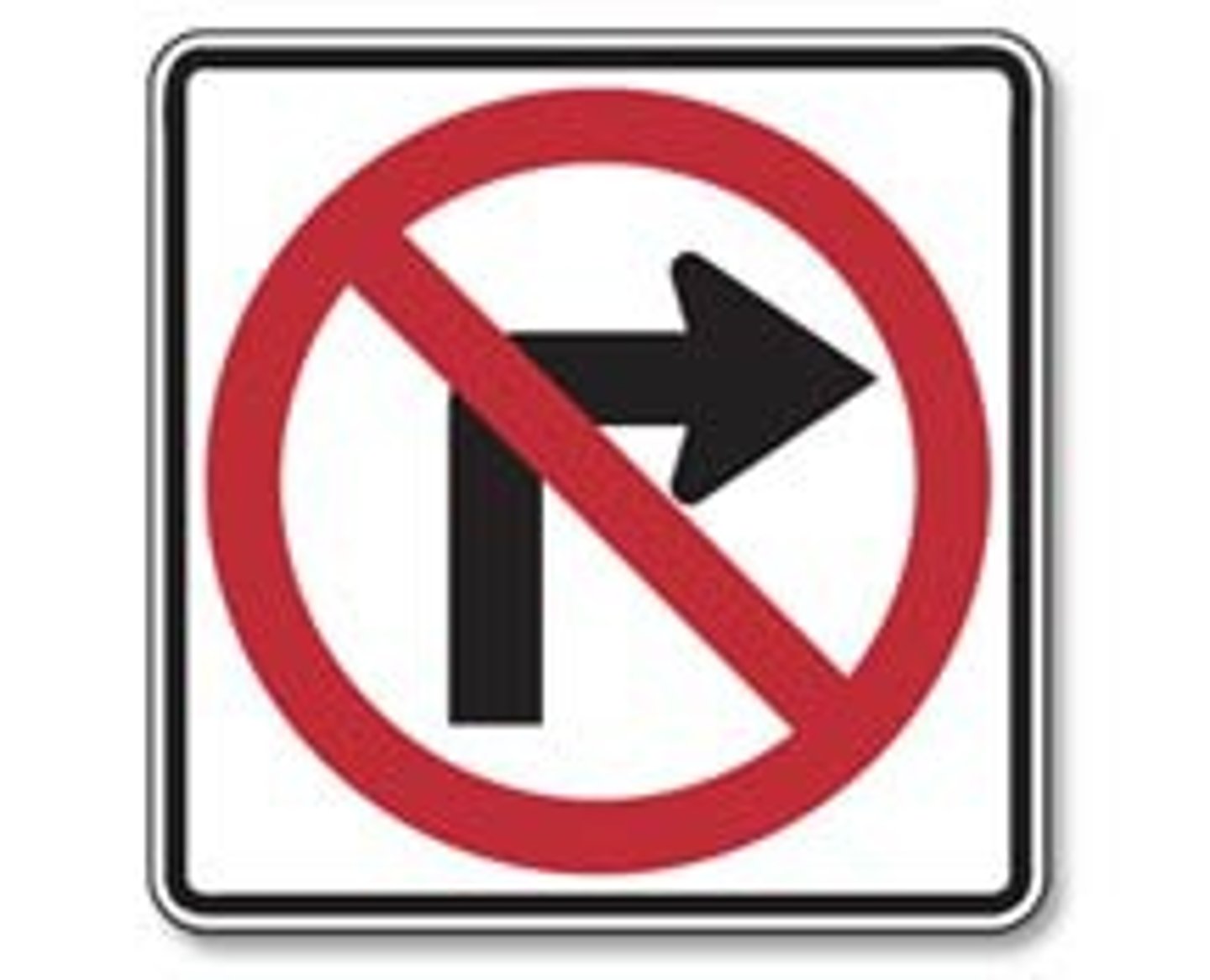
Indicates that U-Turns are illegal.
No U-Turn
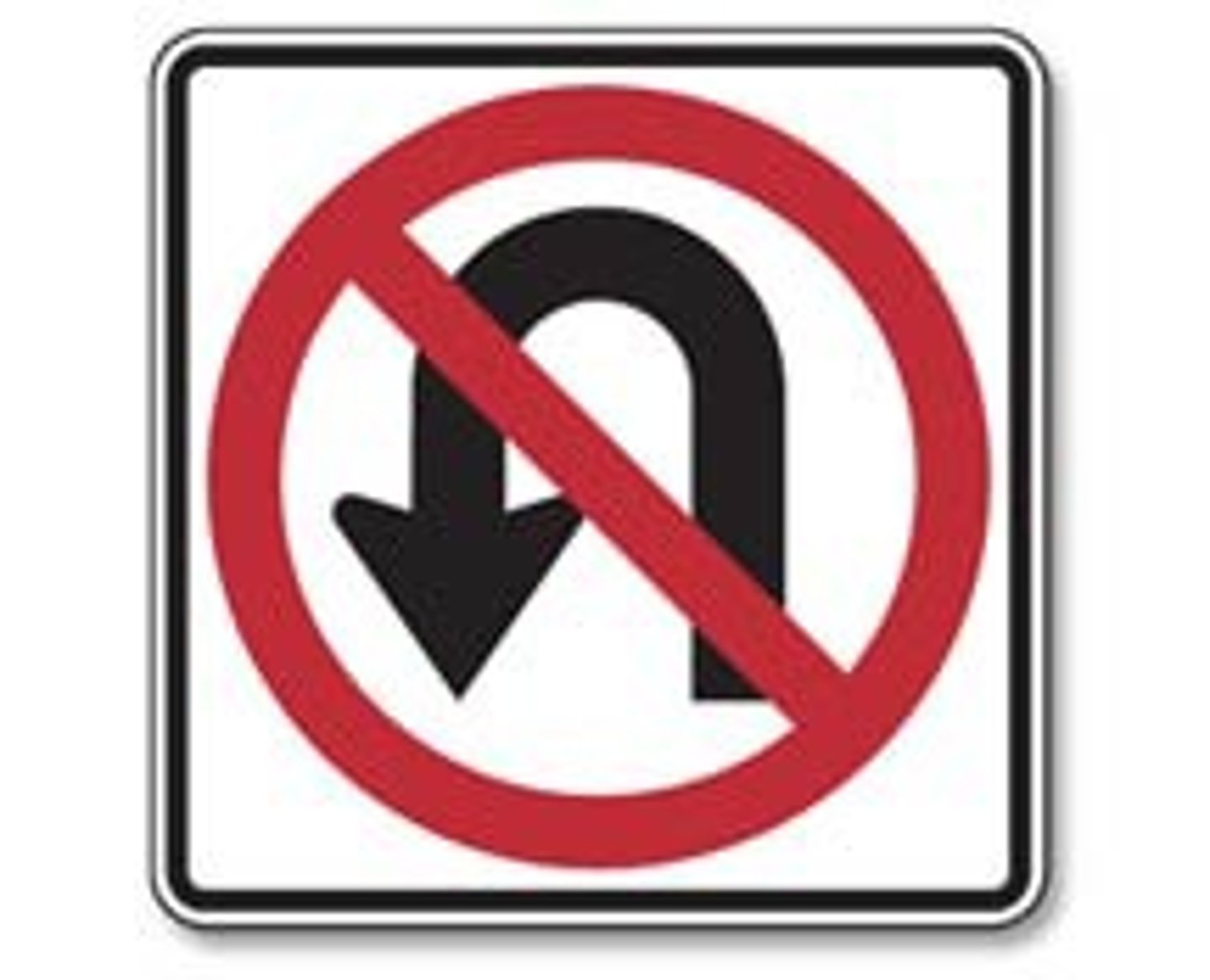
Indicates that you should slow down and be prepared for a sharp right turn.
Sharp Right Turn
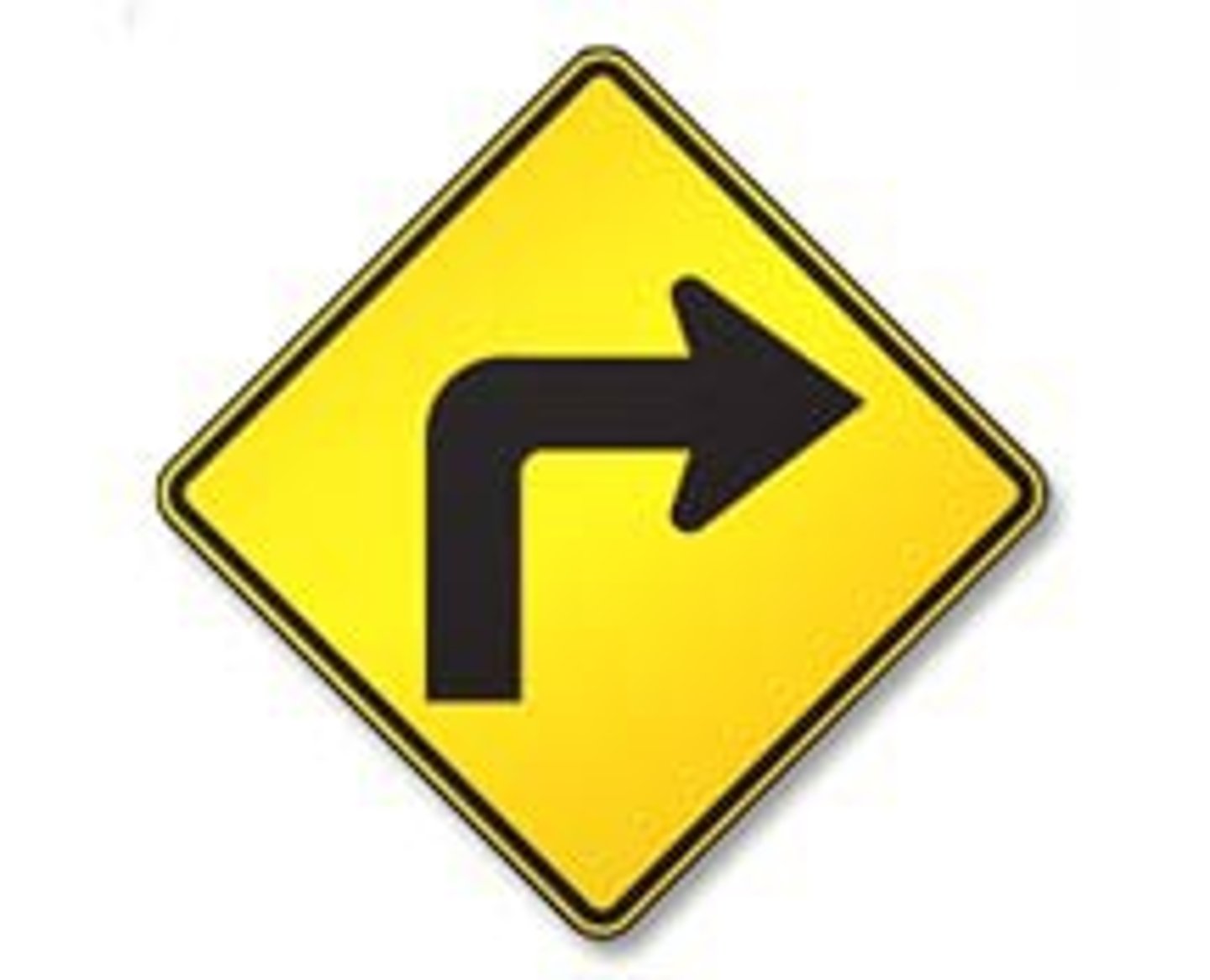
indicates the highway ahead is split into two separate roadways by a median or divider and each roadway is one-way
Divided Highway Begins
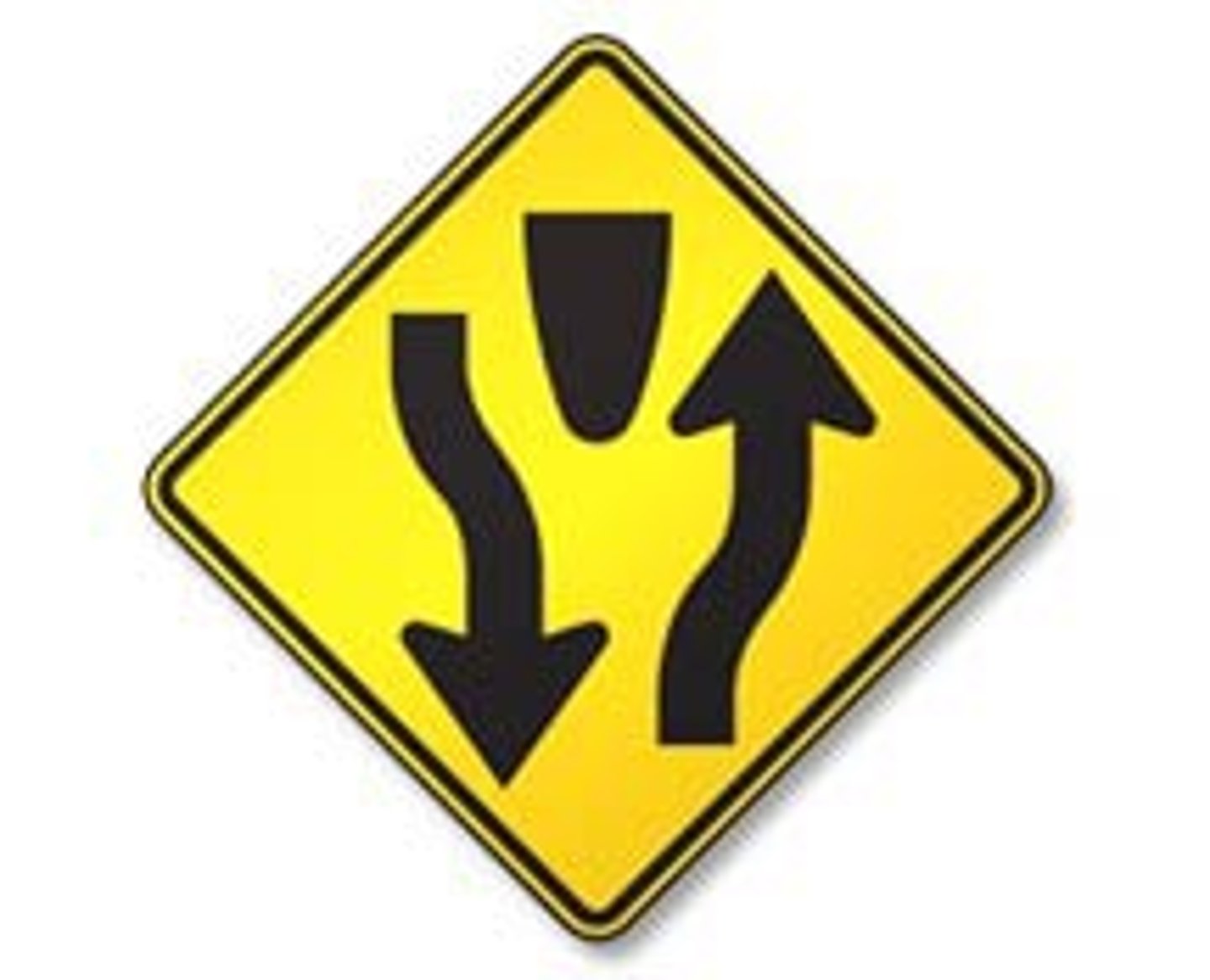
The highway ahead no longer has a median or divider. Traffic goes in both directions. Keep right.
Divided Highway Ends
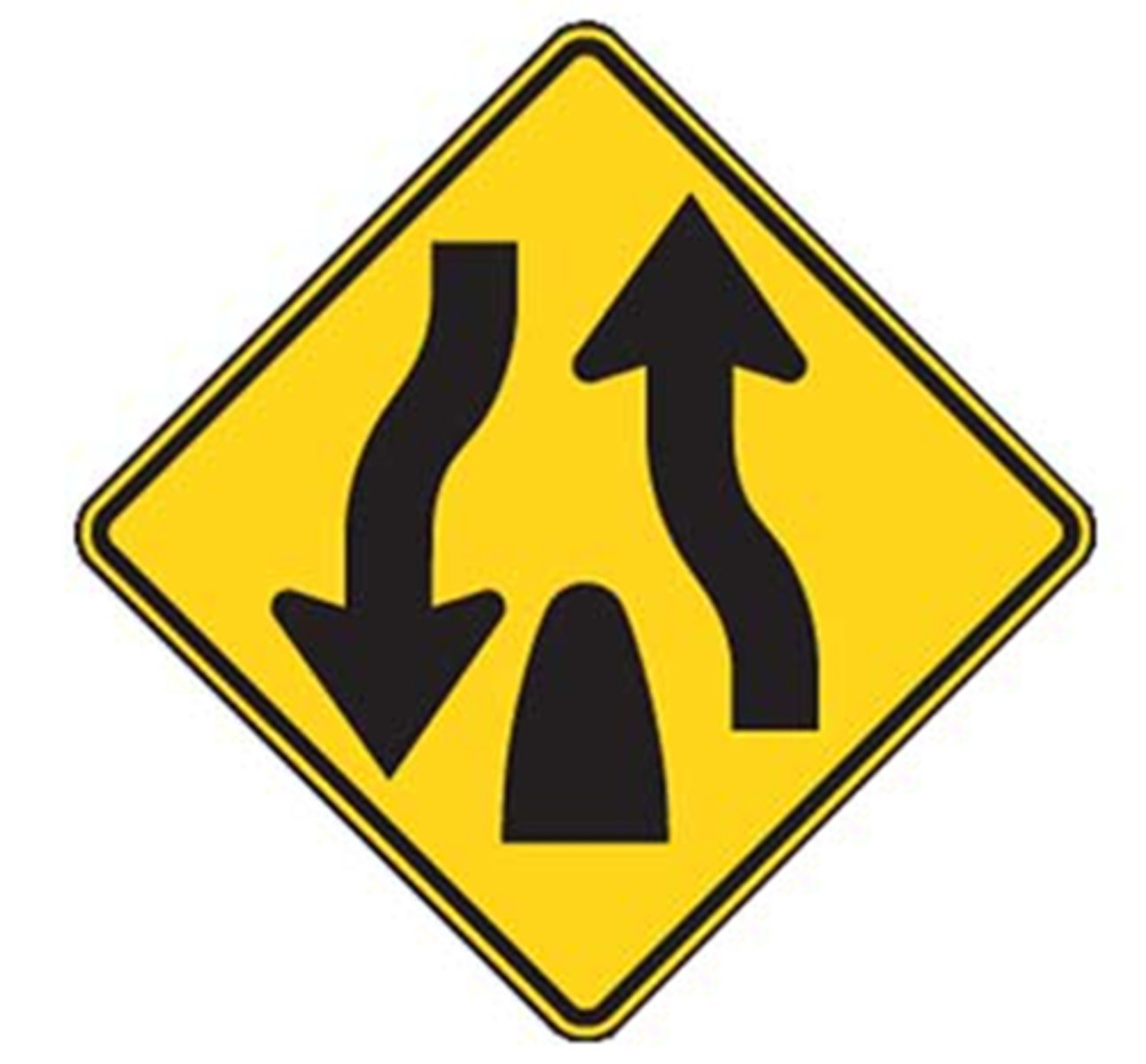
Indicates that you must bear either right or left ahead.
Y Intersection
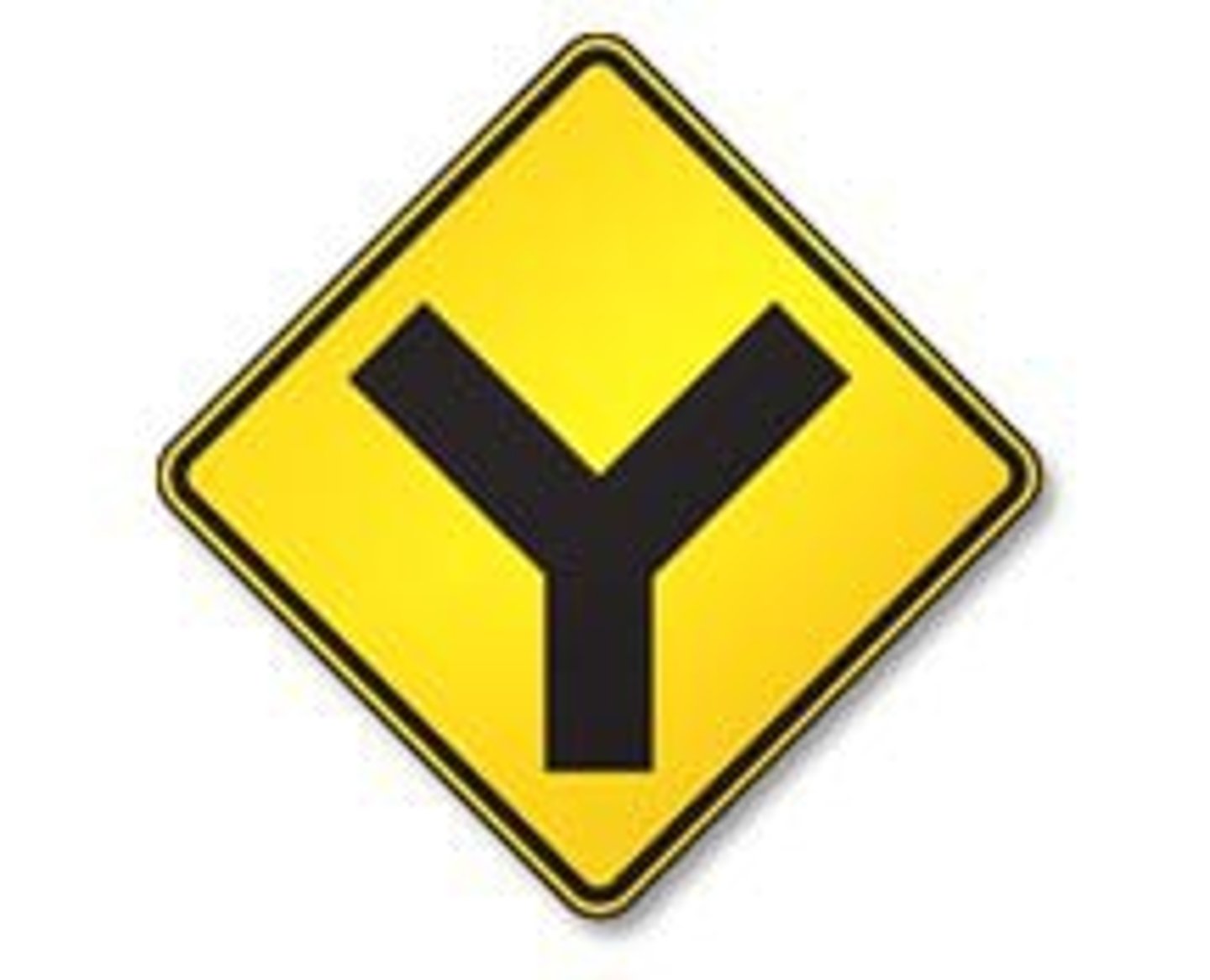
The roadway you are traveling on ends ahead. Signal before turning right or left.
T Intersection
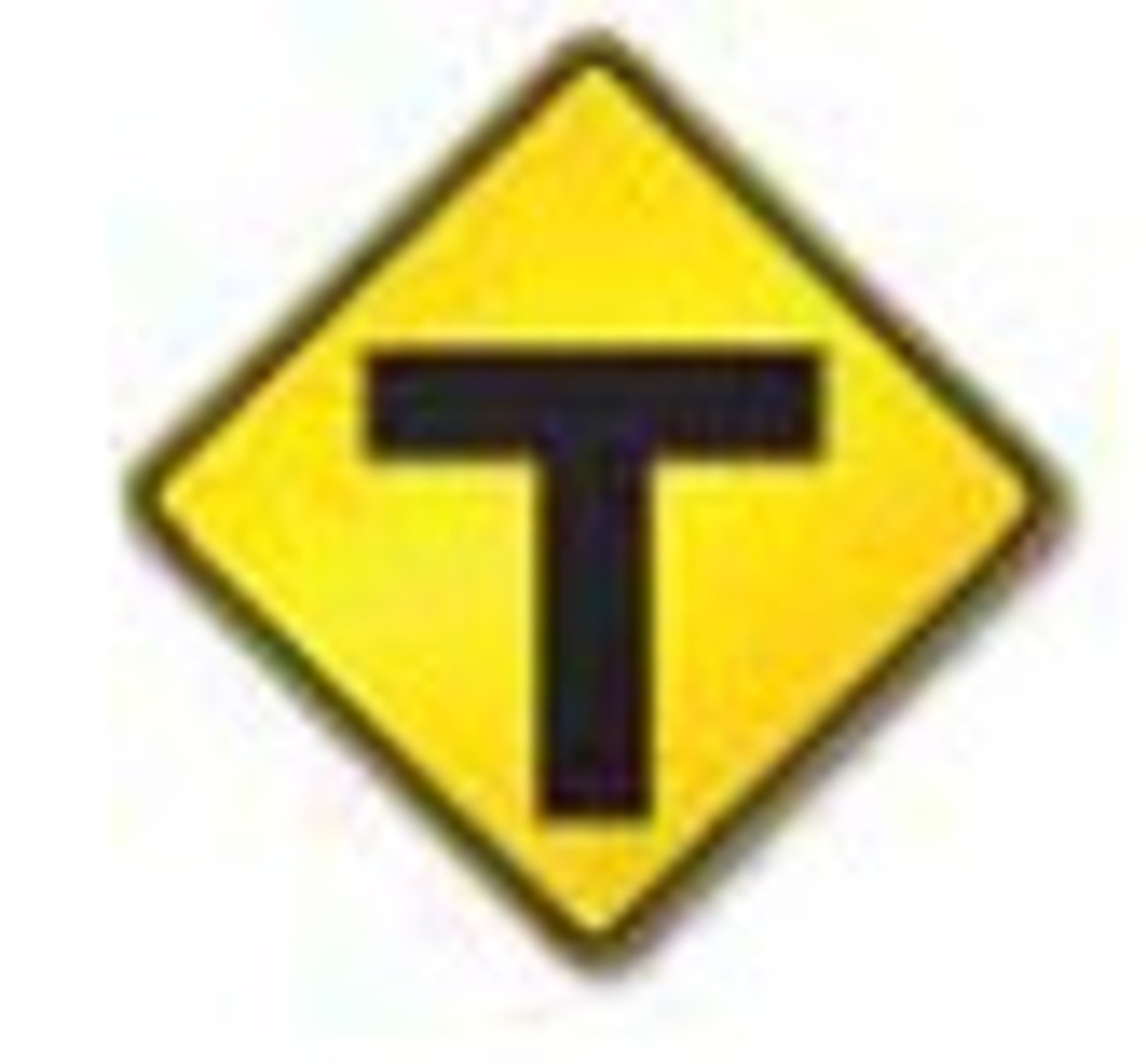
A road joins from the right. Be alert for vehicles entering the roadway you are traveling on.
Side Road
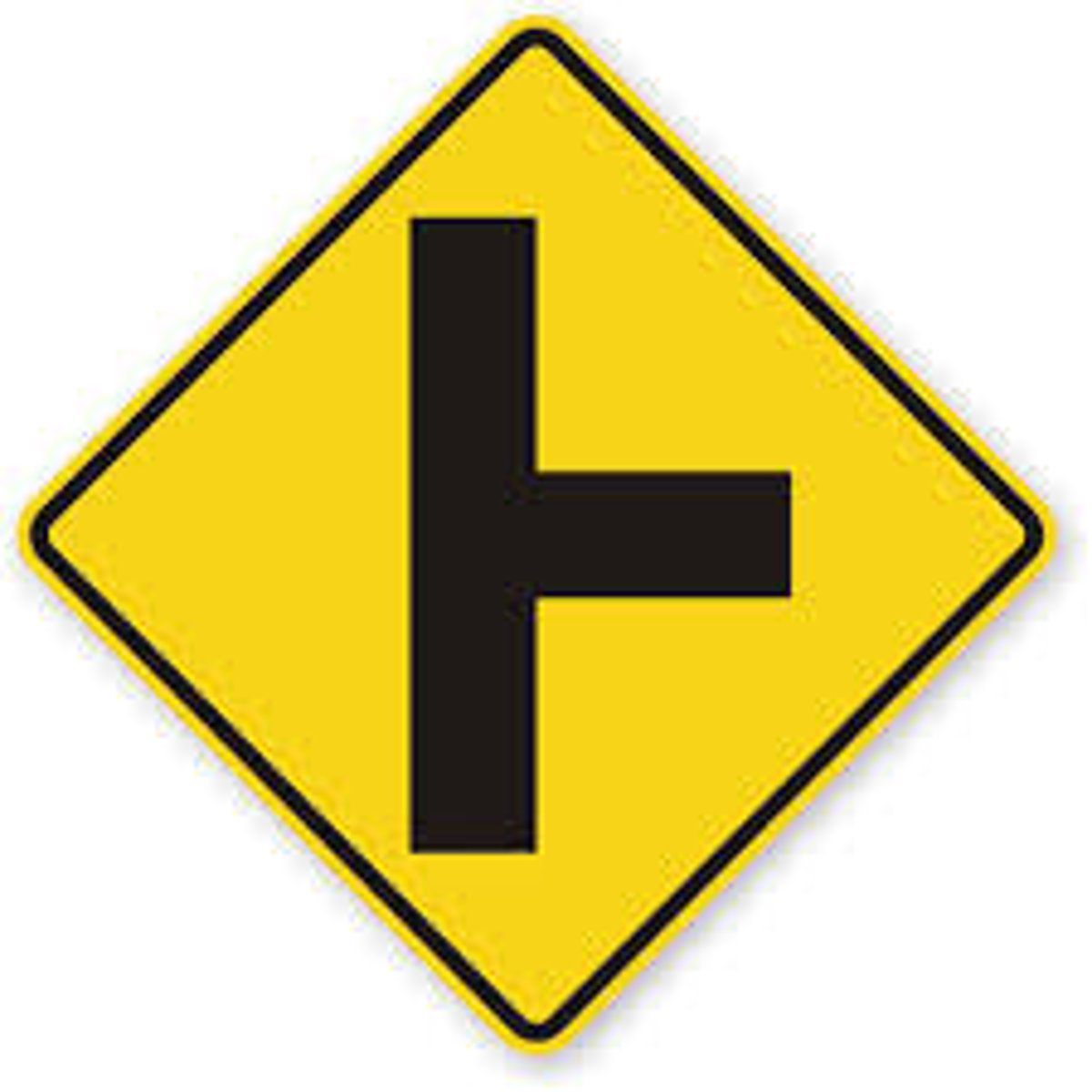
Indicates a four-way intersection ahead. Be ready to yield the right of way.
Crossroads
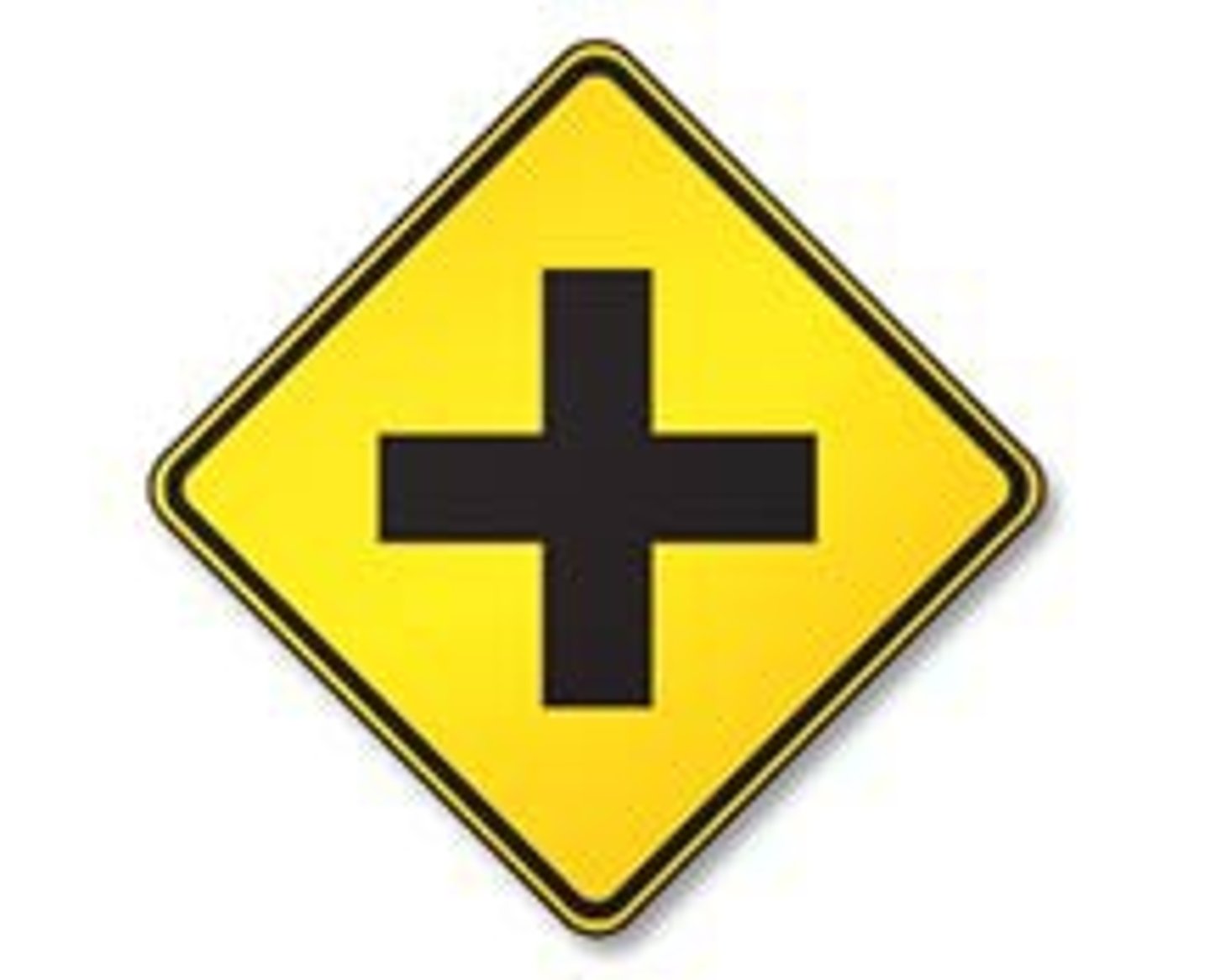
The road ahead curves right and a side road joins from the left within the curve. Be alert for vehicles entering the roadway you are traveling on.
Right Curve-Side Road
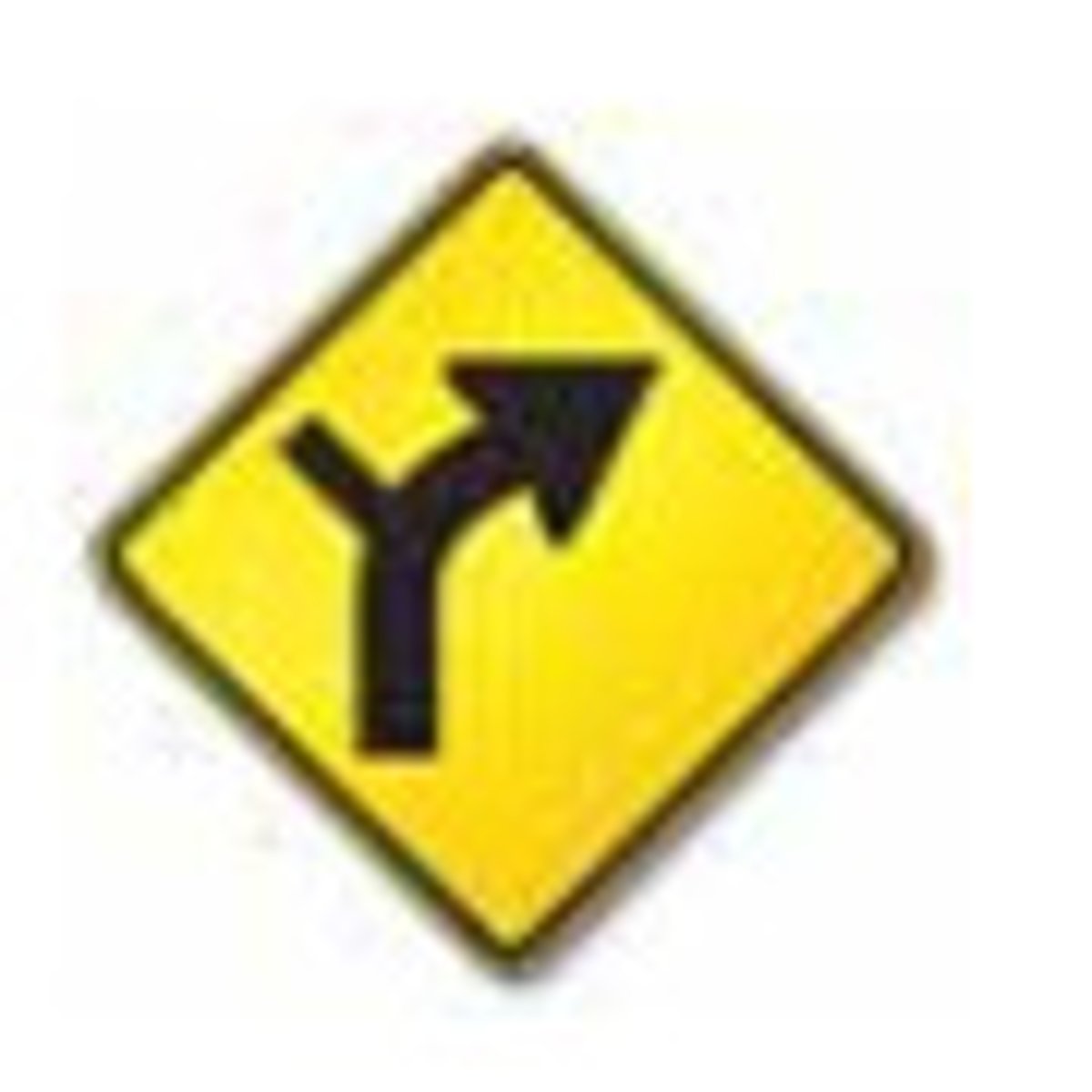
Indicates that the right lane ends soon and the right lane must merge left.
Lane Reduction
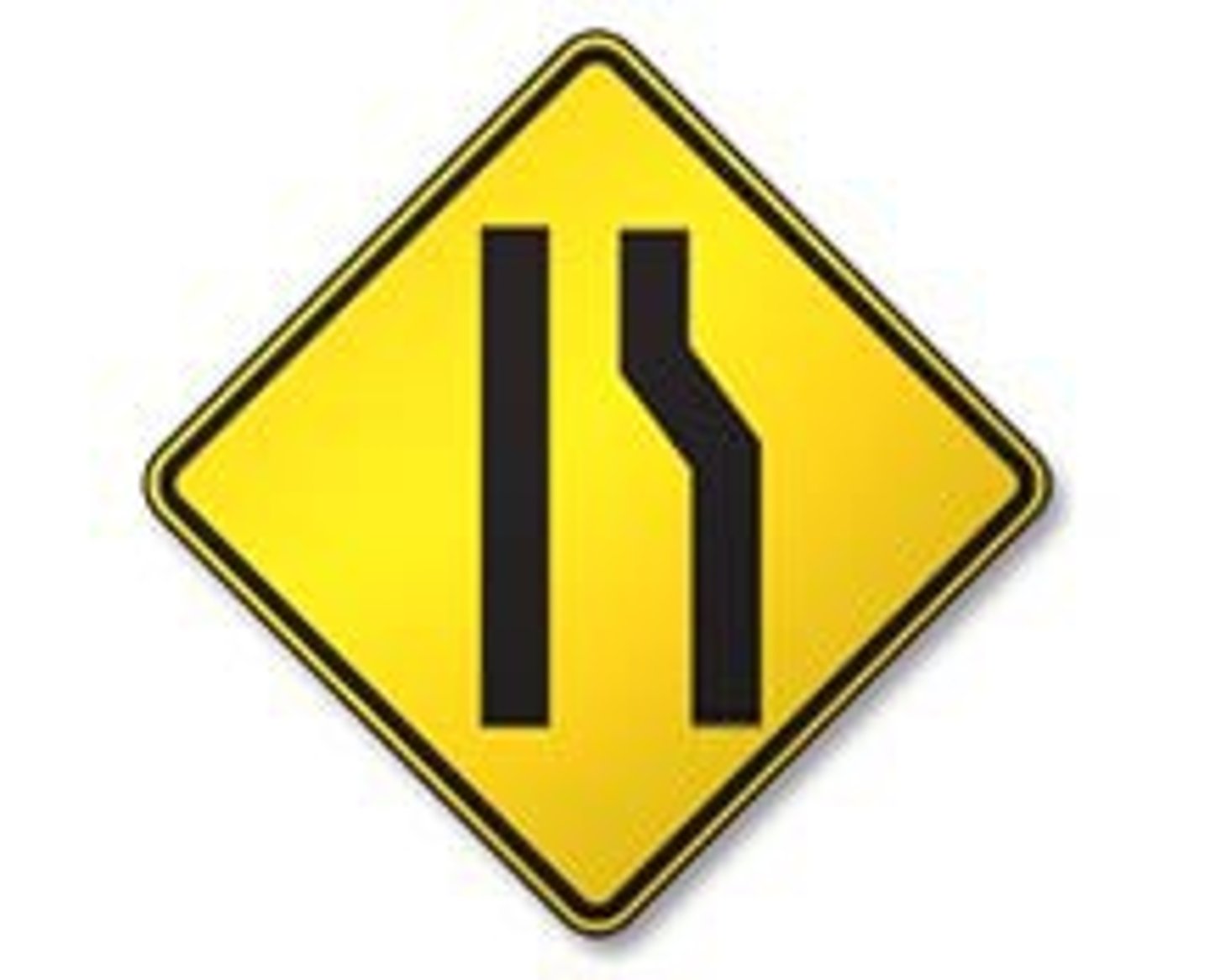
Indicates the maximum speed for a highway exit.
Advisory Speed
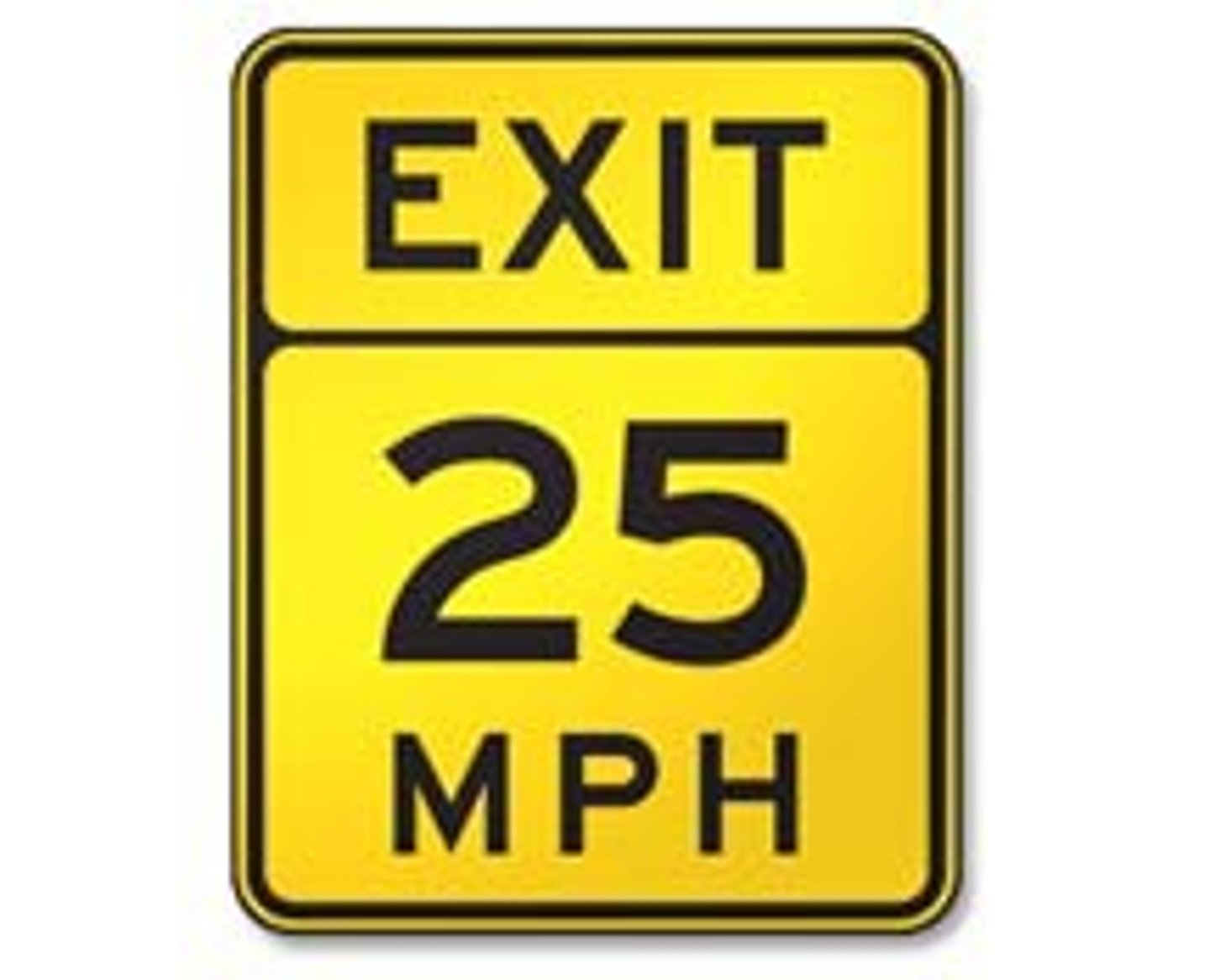
Indicates parking spaces reserved for people with disabled parking permits.
Disabled Parking

Indicates that the road curves right; slow down to the speed indicated.
Right Curve with Speed Indicator
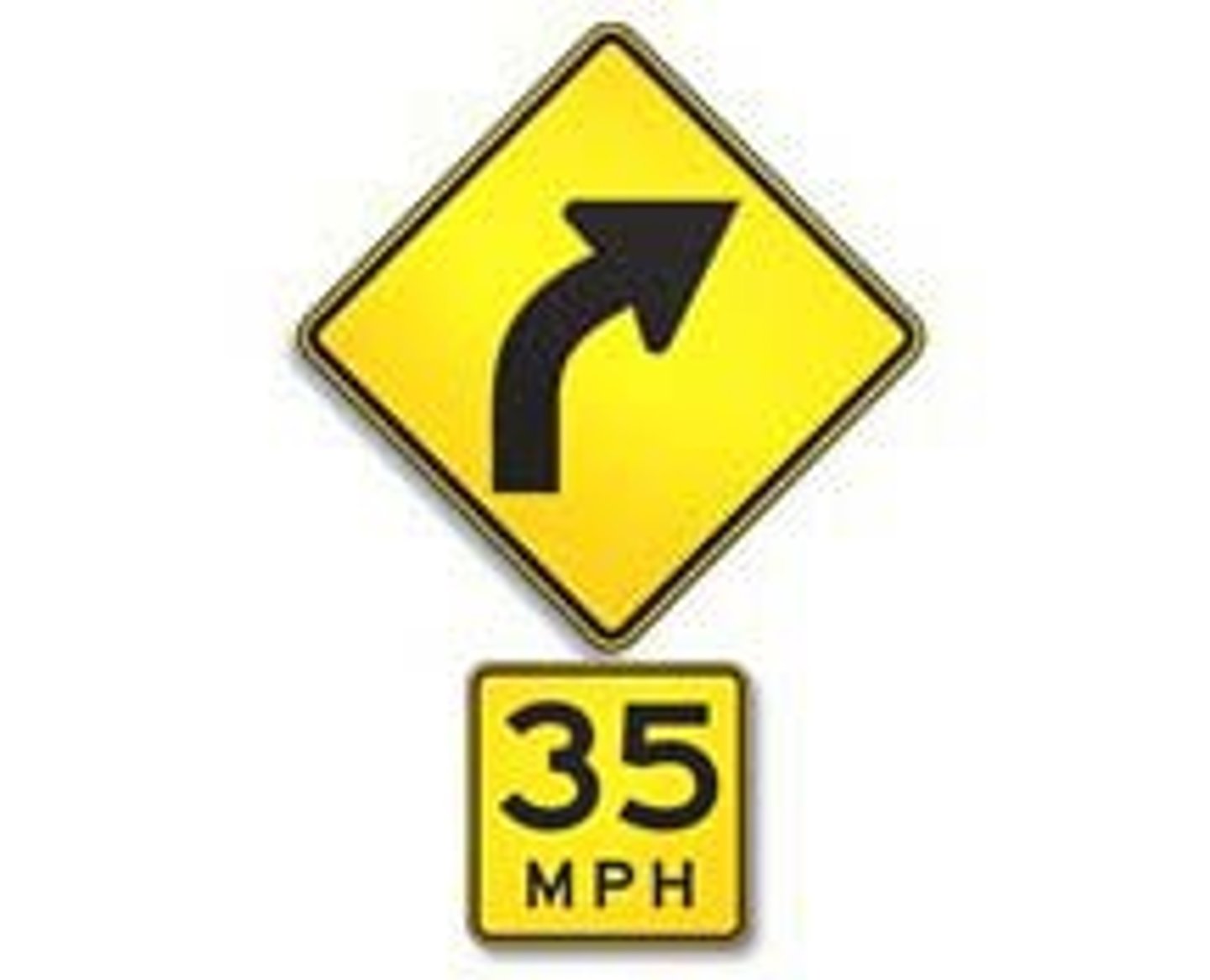
Indicates a sharp turn to the right and then the left; slow down.
Sharp Right and Left Turns
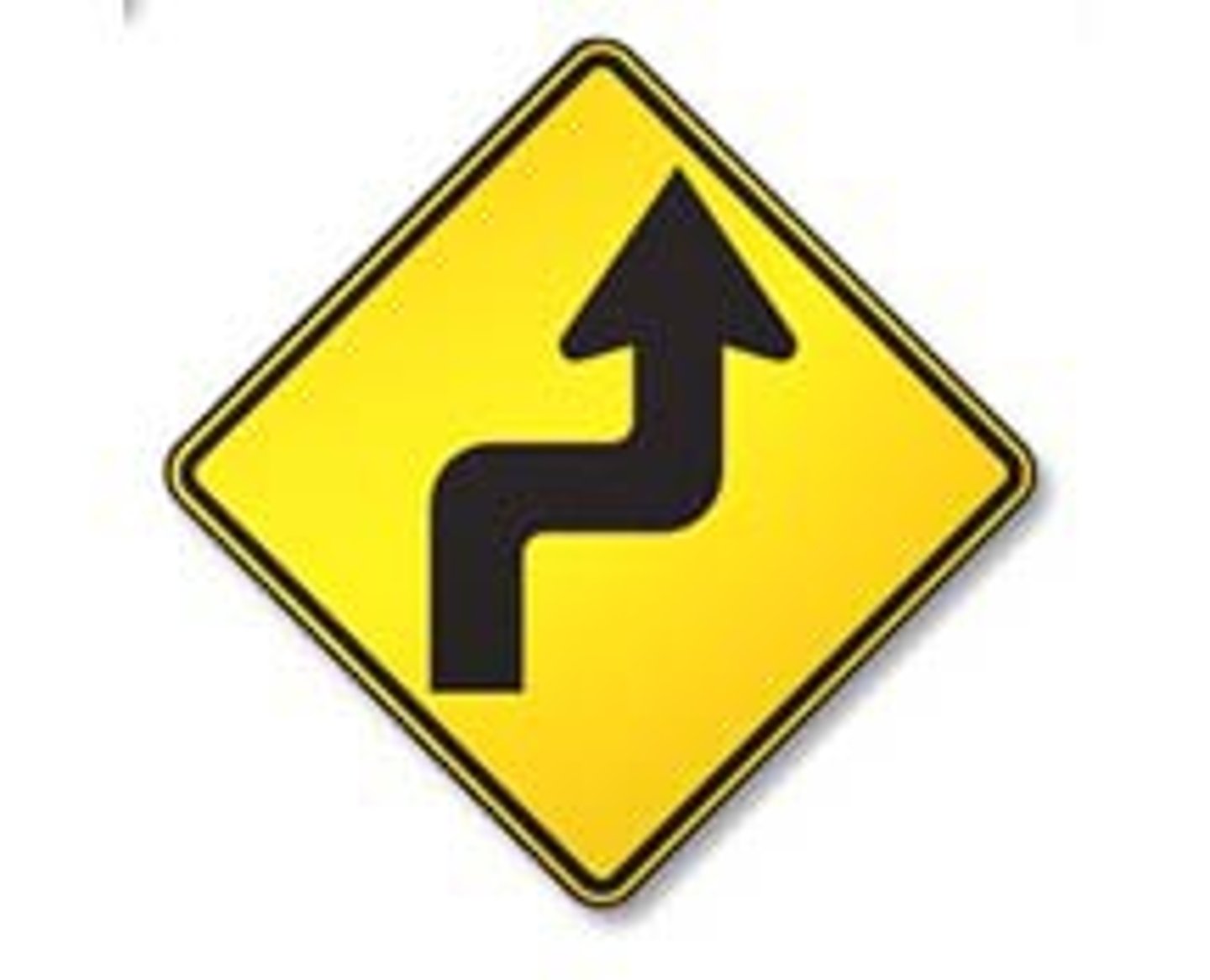
indicates that the road curves right, then left; slow down
Right and Left Curves
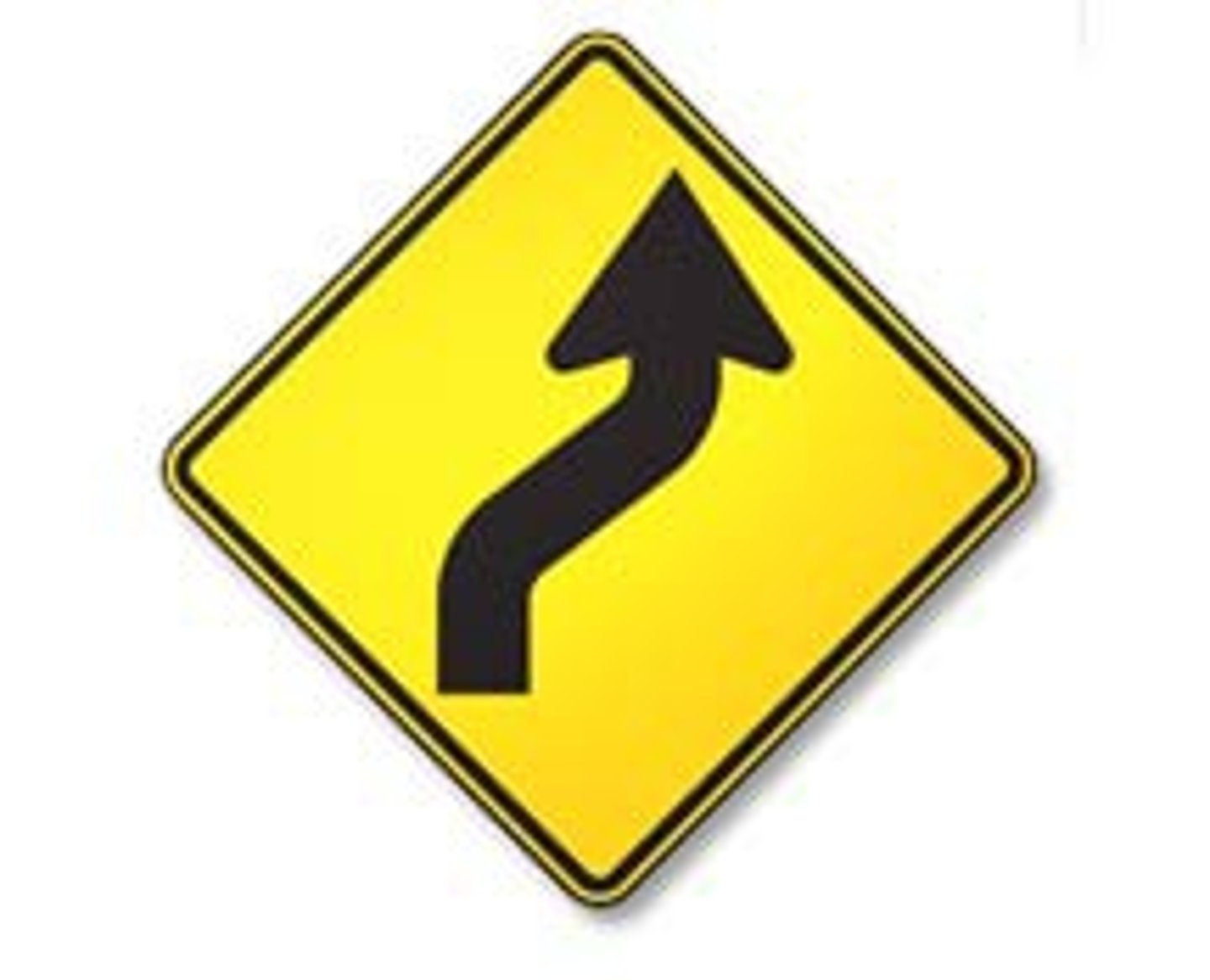
indicates that you may not turn on the red light; wait for the light to turn green
No Turn on Red
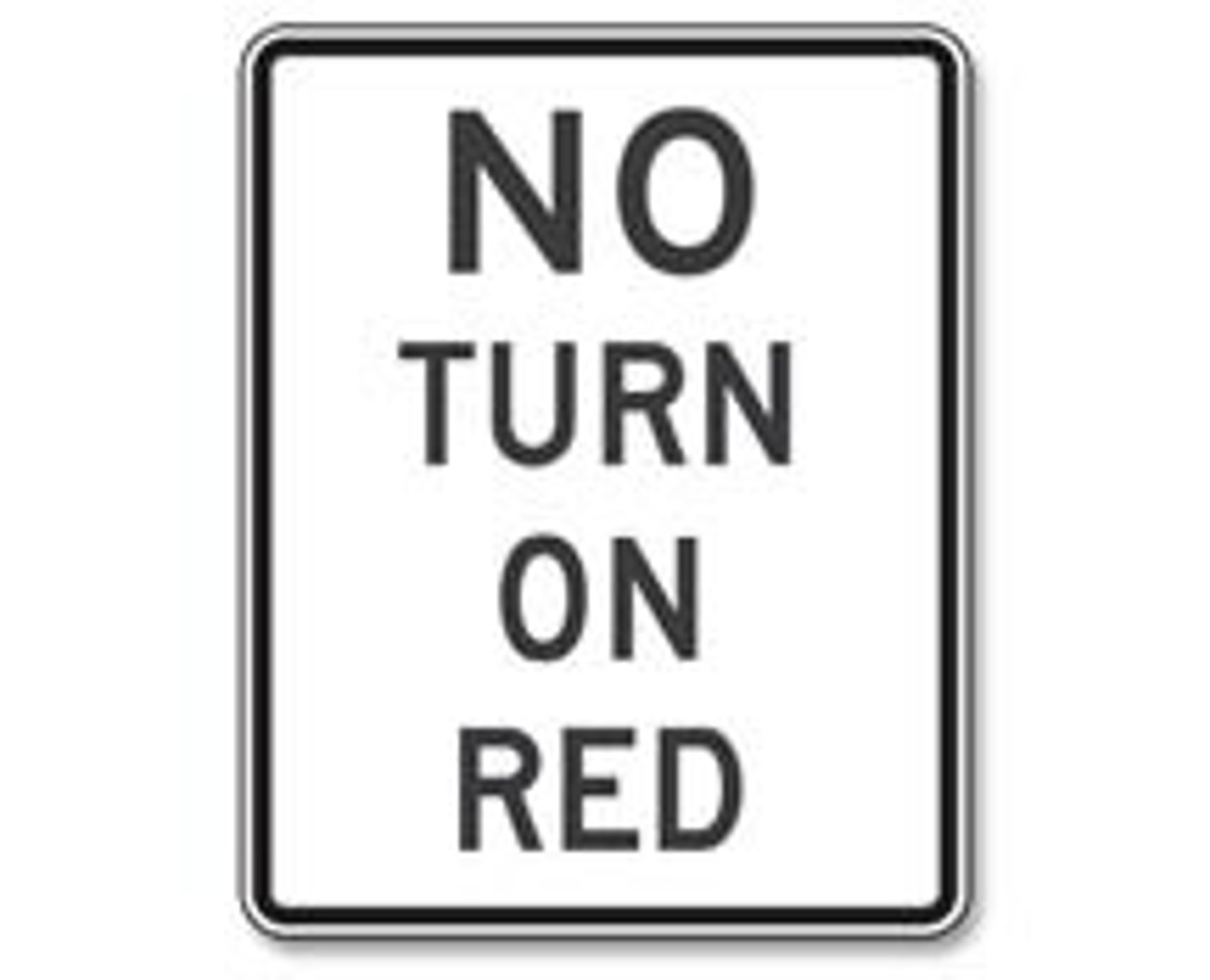
These signs indicate a circular intersection with an island in the center is ahead.
Roundabout (Rotaries, Traffic Circles)
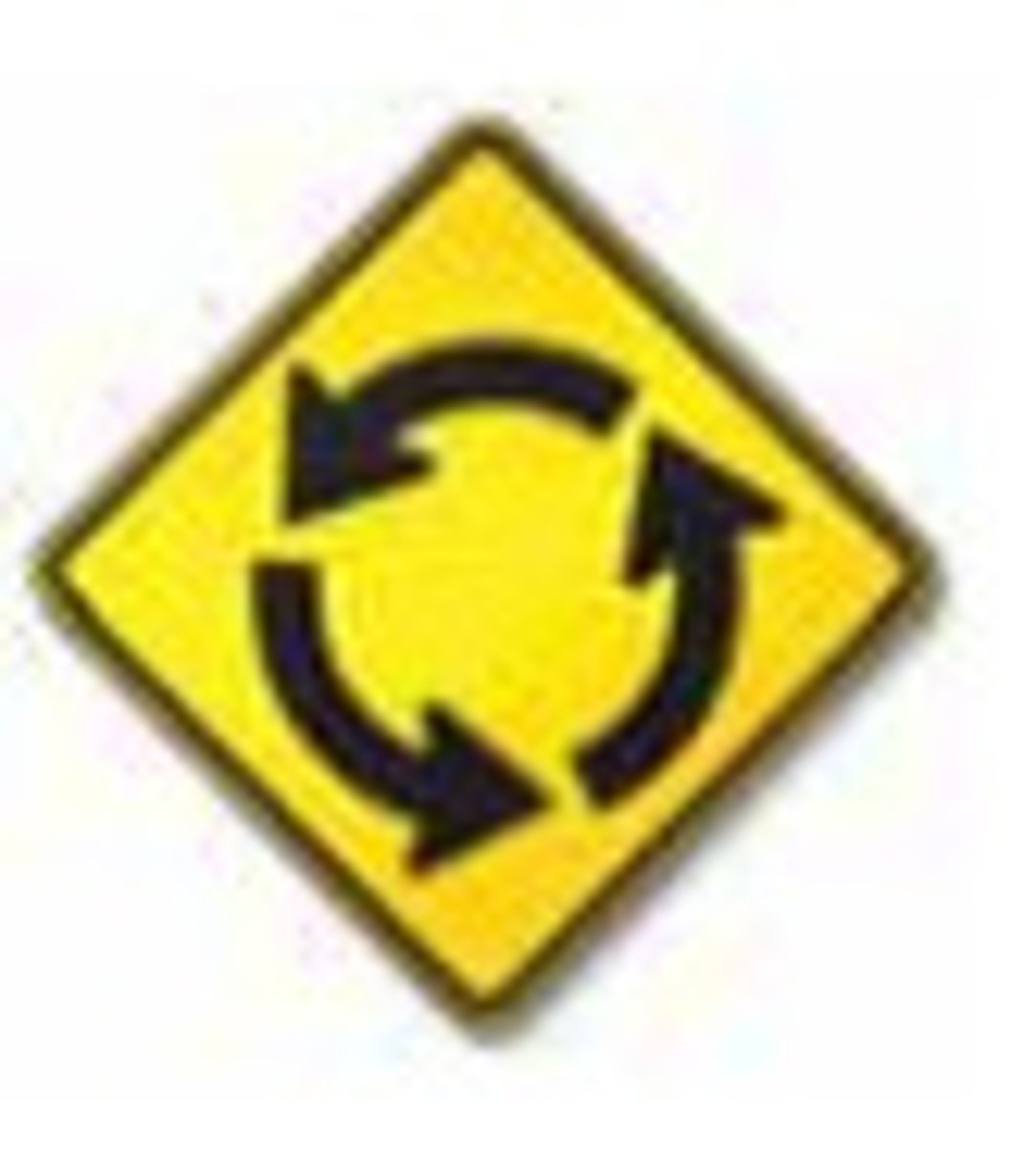
Slow down. The speed limit is usually 25 MPH. Watch out for children crossing the street or playing. Be ready to stop. Obey signals from any crossing guards. A second sign with an arrow may show the actual location of the crosswalk.
School Zone (School Crossing)
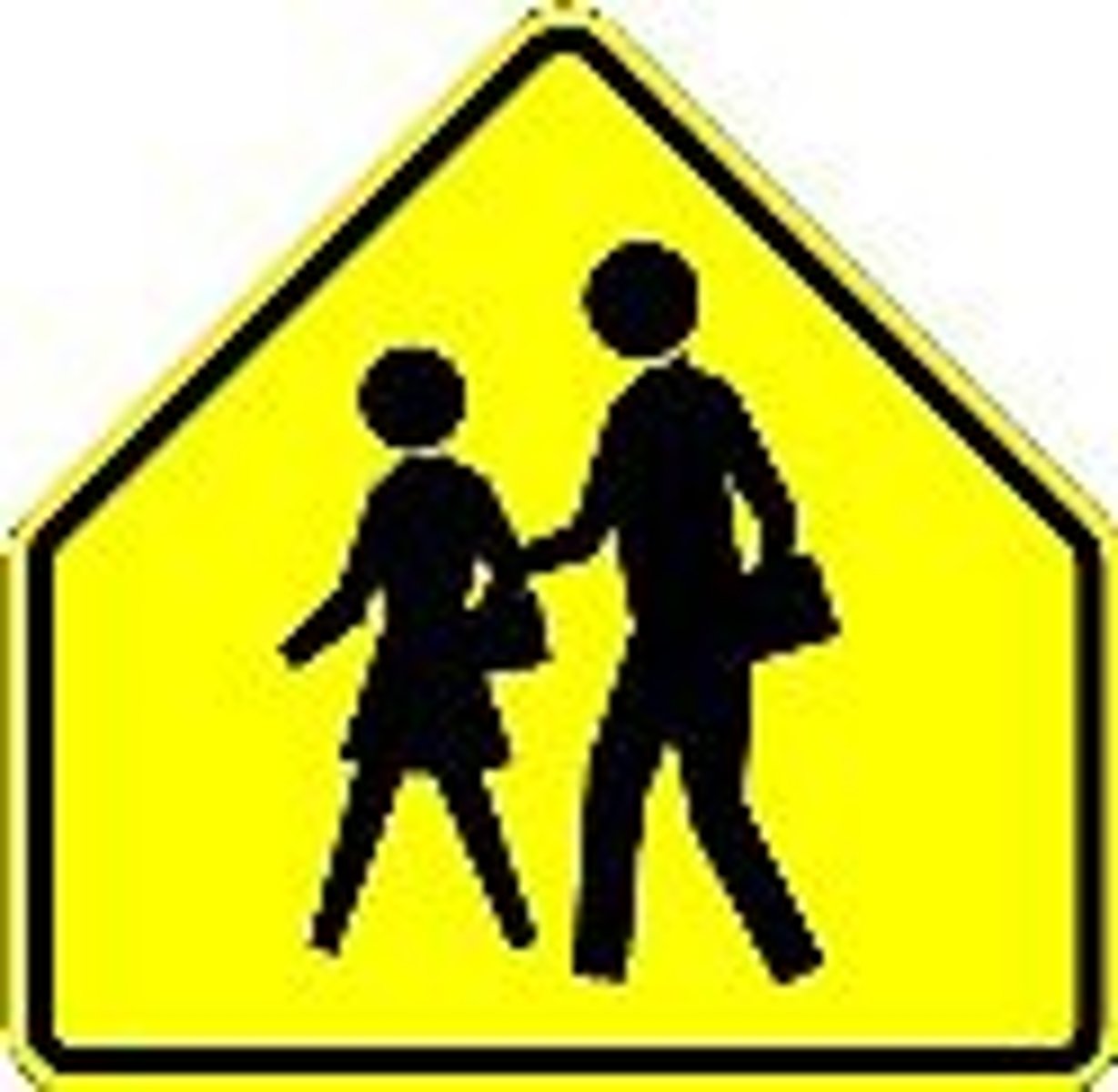
This sign is used when a joint across lanes creates a bump or is wide enough to cause loss of traction in wet weather.
Expansion Joints
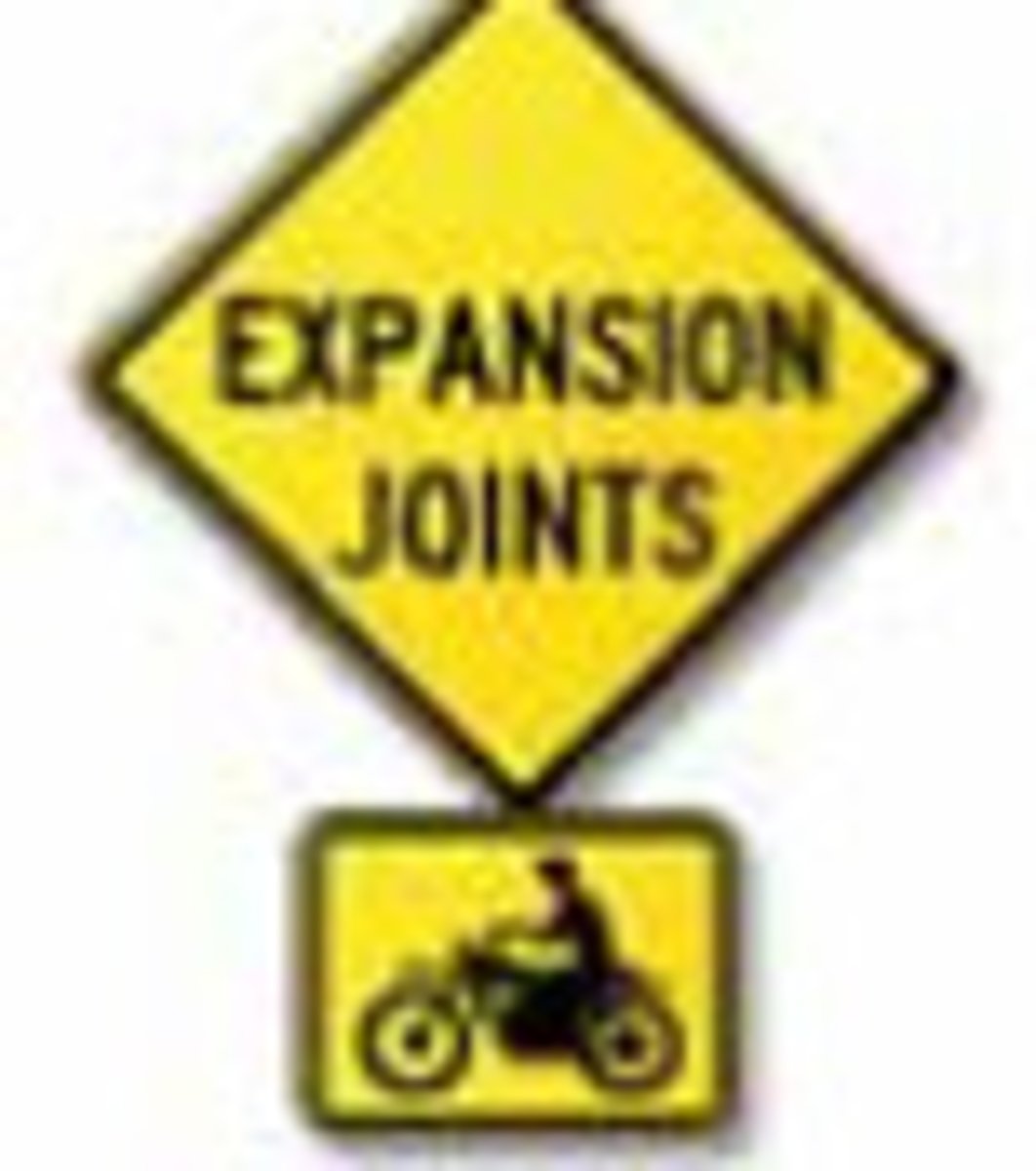
Slow down. Open joints on bridges or ramps could cause a motorcyclist to lose control of the motorcycle.
Open Joints
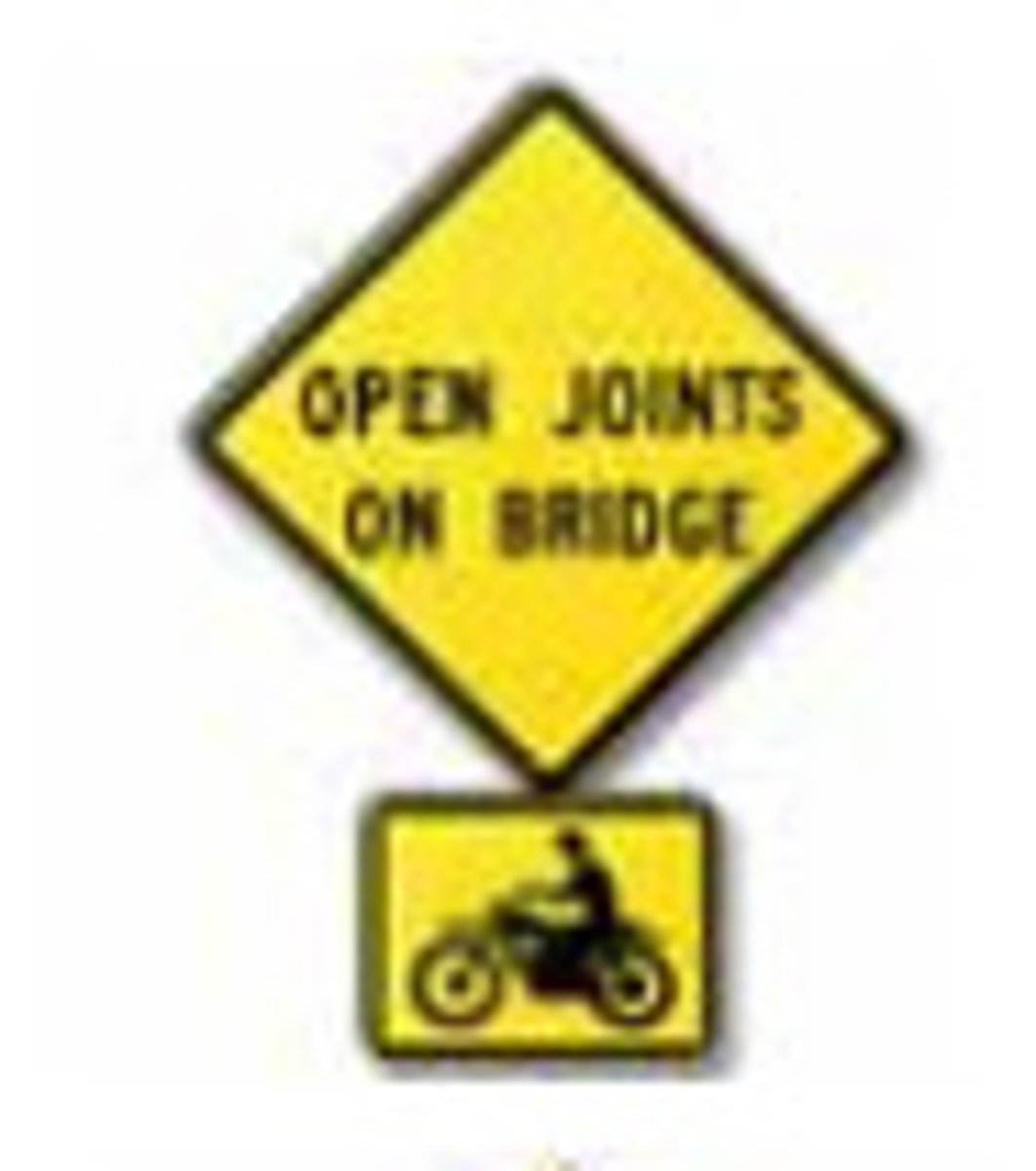
When pavement is wet, reduce your speed. Do not brake hard or change direction suddenly. Increase the distance between you car and the one ahead of you.
Slippery When Wet
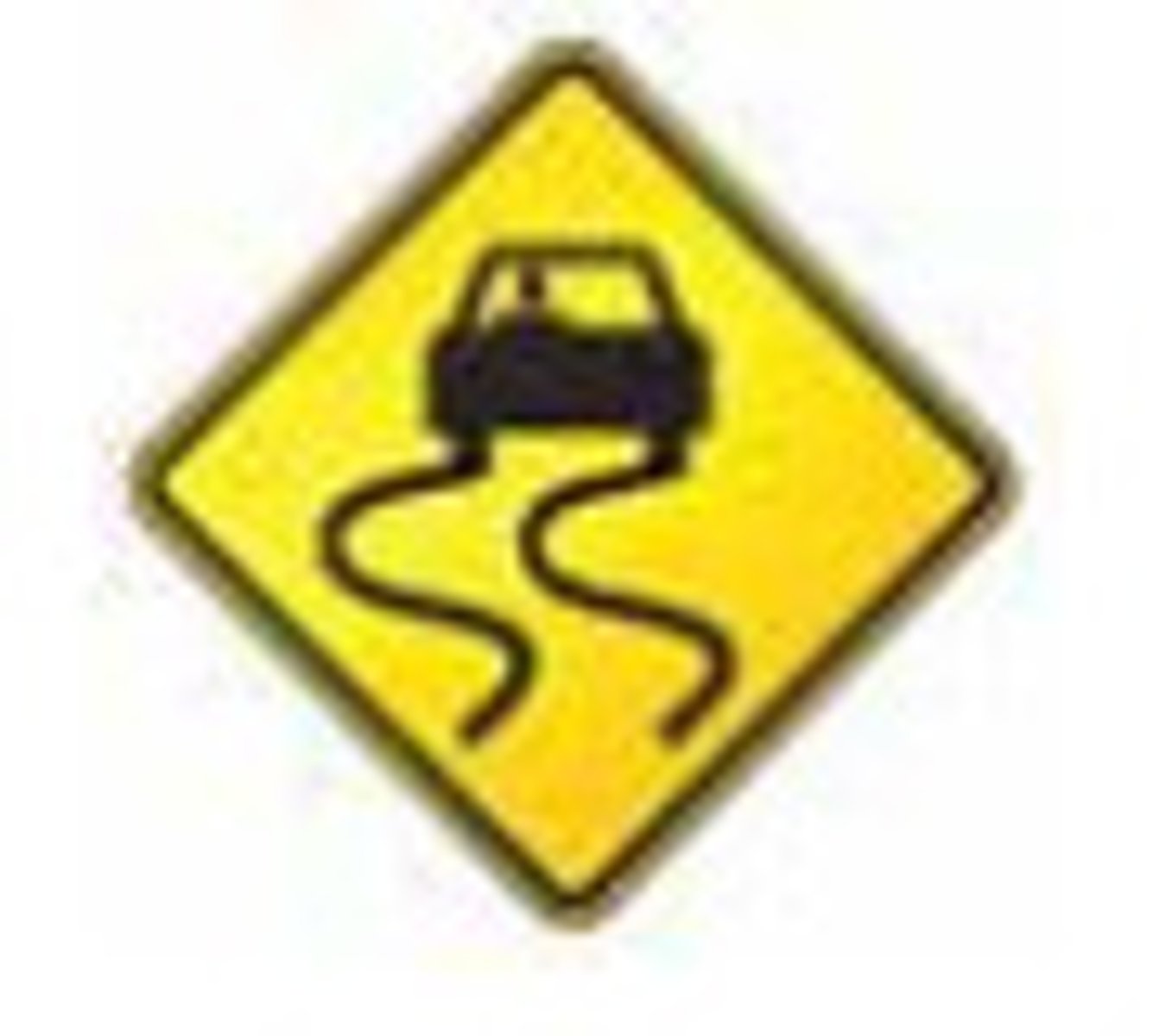
These signs are used where turns are required or where special turning movements are permitted for specific lanes. traffic in the lane must turn in the direction of the arrow.
Lane Use Control

Vertical signs generally give instructions or tell you the law. Horizontal signs may give directions or information.
Regulatory (Guide)
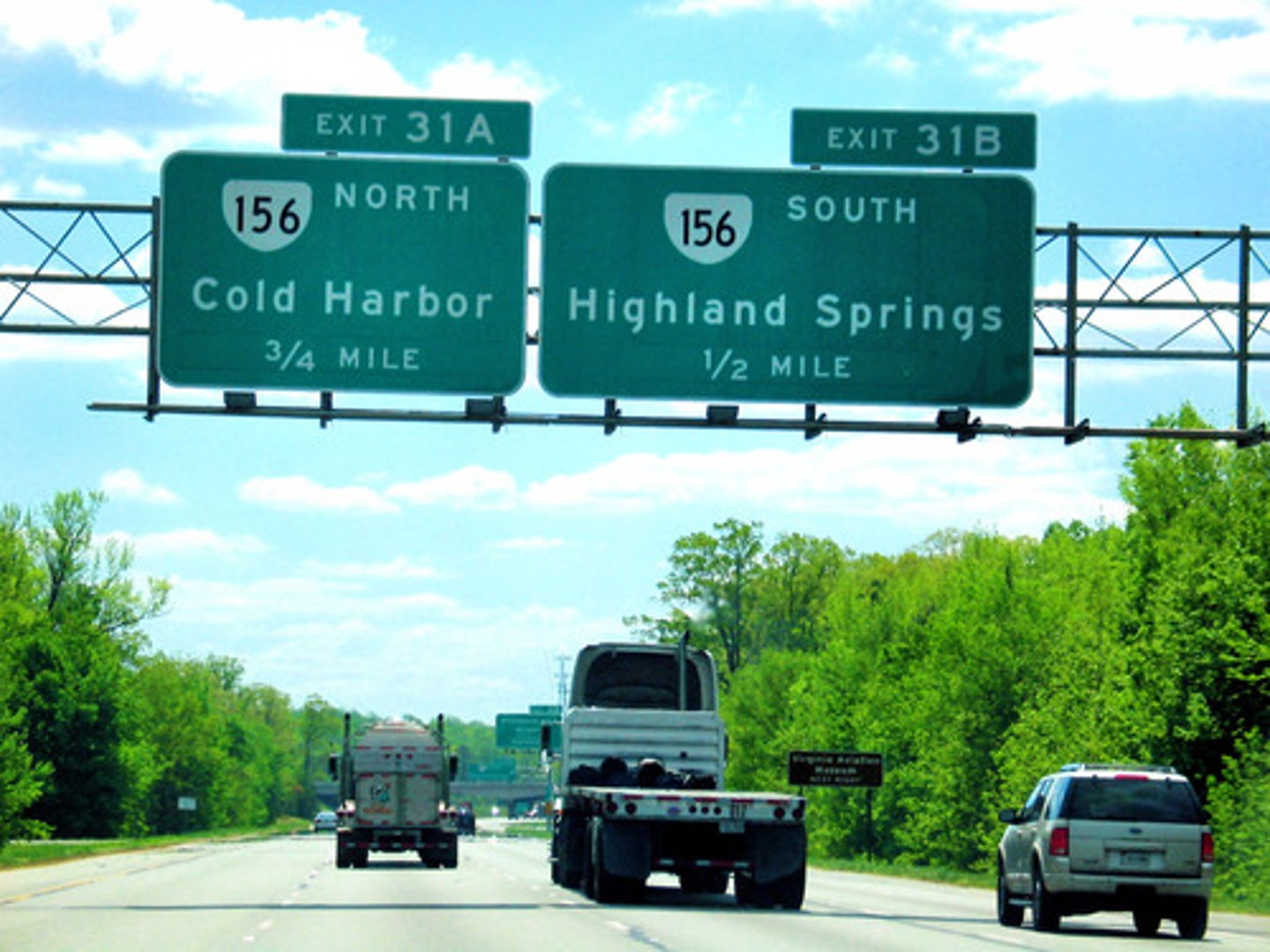
These signs warn you of special conditions or hazards ahead. Slow down and drive with caution. Be ready to stop.
Warning
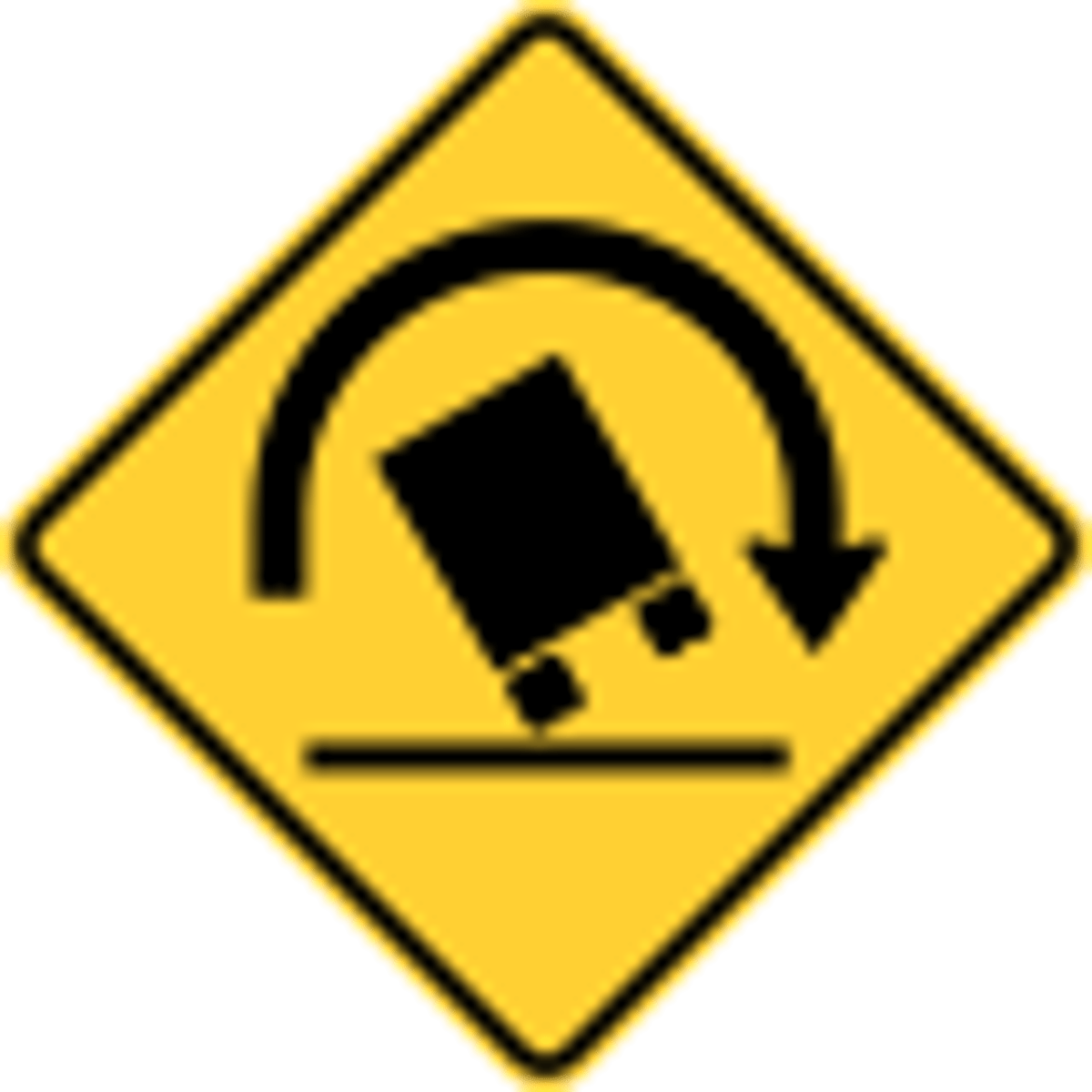
This sign marks the beginning of a no passing zone. You may not pass cars ahead of you in your lane, even if the way is clear.
No Passing Zone
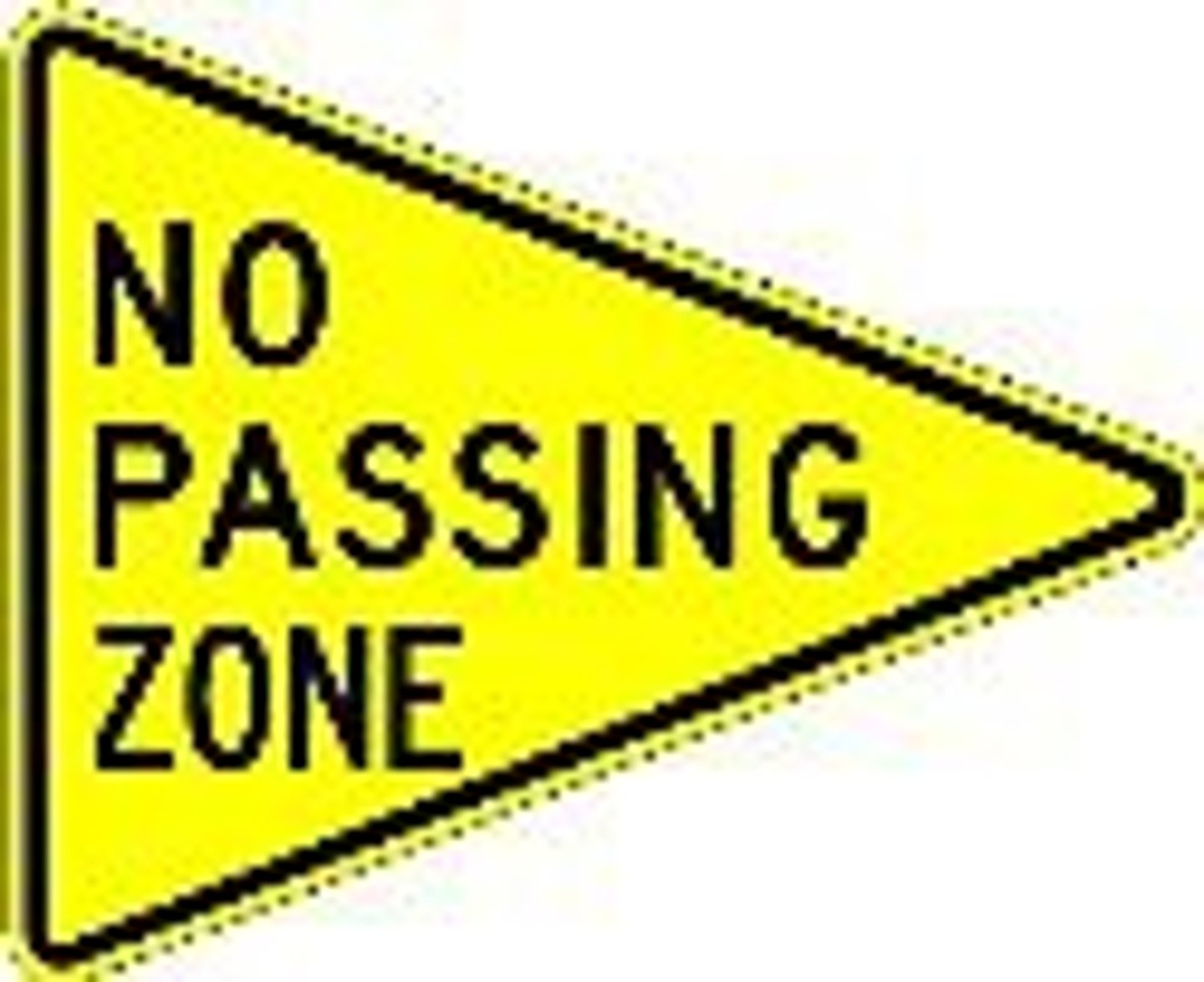
This sign marks the beginning of a no passing zone. You may not pass cars ahead or you in your lane, even if the way is clear.
Do Not Pass

Come to a complete stop at the stop line or, if there is no stop line, before entering the intersection or before reaching the crosswalk. Remain stopped as long as the signal is red, unless turns are allowed.
Red Light
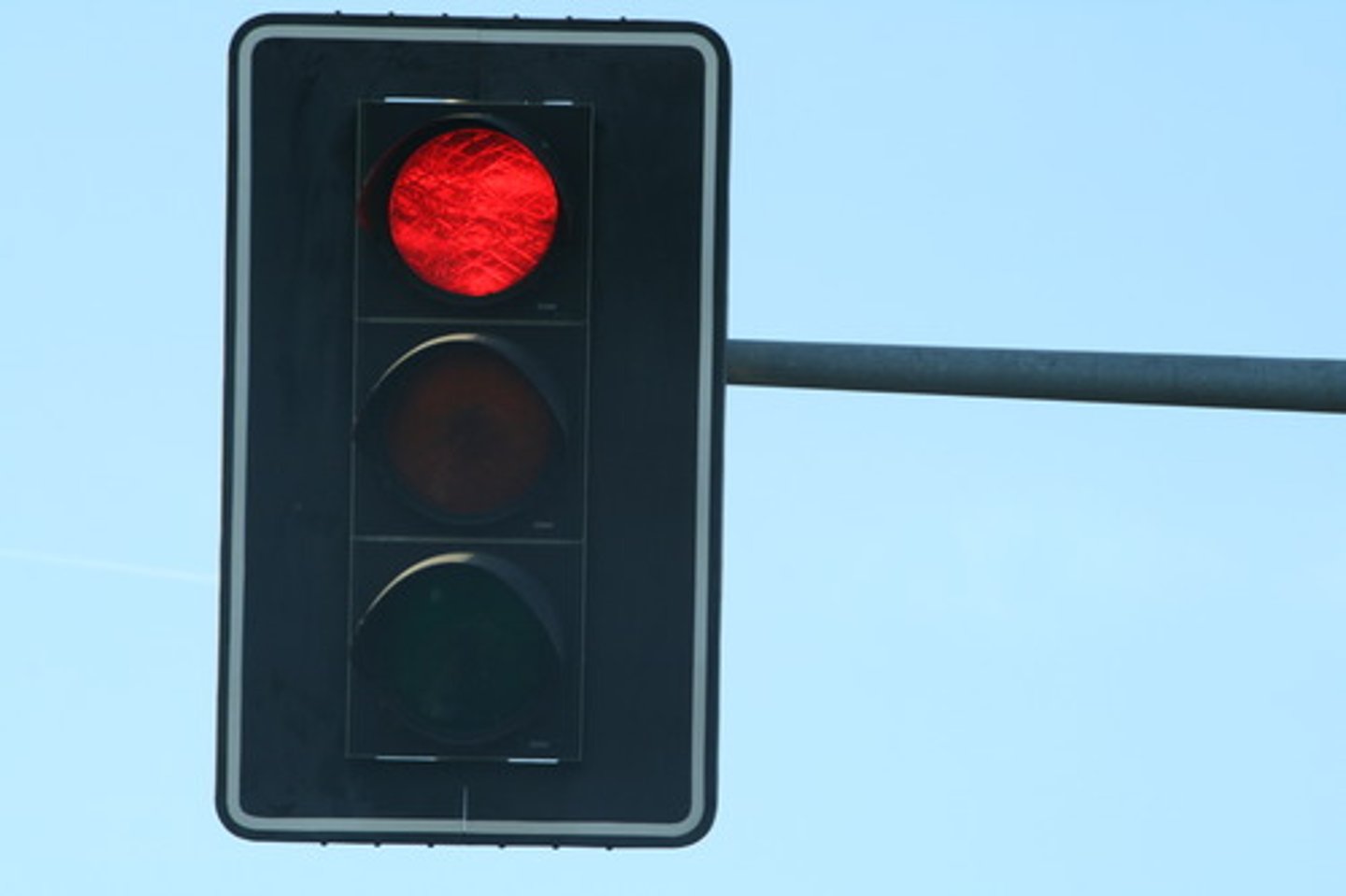
You must stop if you inted to move in the direction of the arrow. You may not proceed in the direction of the arrow as long as the red arrow is displayed, unless signs are posted at the intersection that read "Right on Red Arrow After Stop" or "Left on Red Arrow After Stop". Virginia law prohibits right and left turns at red arrow lights.
Red arrow
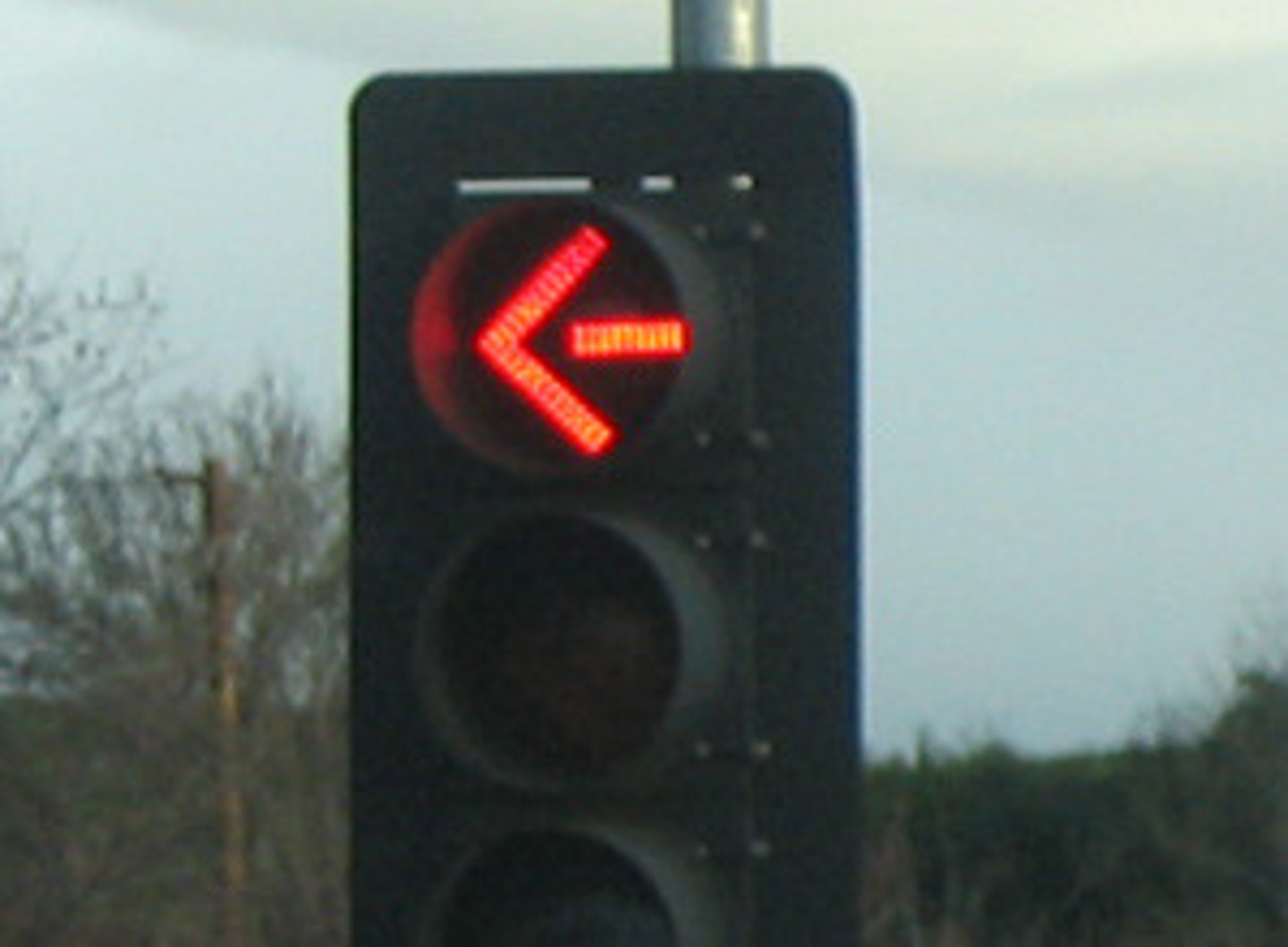
Come to a complete stop and yield to oncoming vehicles and pedestrians. You may go when the way is clear. At a railroad crossing, you must come to a complete stop even if you don't see a train.
Flashing Red Light
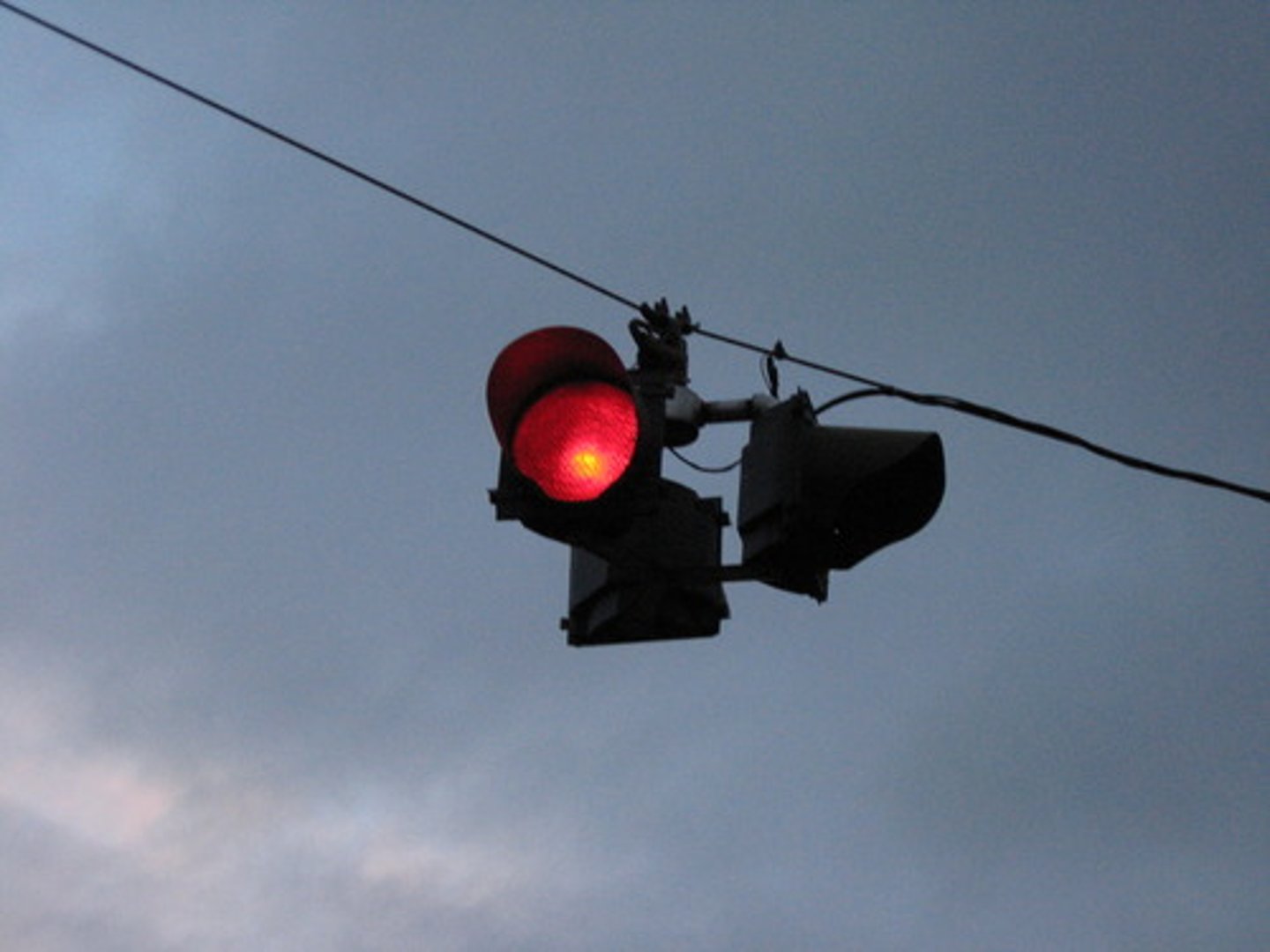
A yellow light or arrow are cautions warning that the light is about to change. If you have not entered the intersection, stop; or, it is unsafe to stop; or, it is unsafe to stop, cautiously go through it. If you are already in the intersection, go through it cautiously. Do not speed up to beat the light.
Yellow Light or arrow
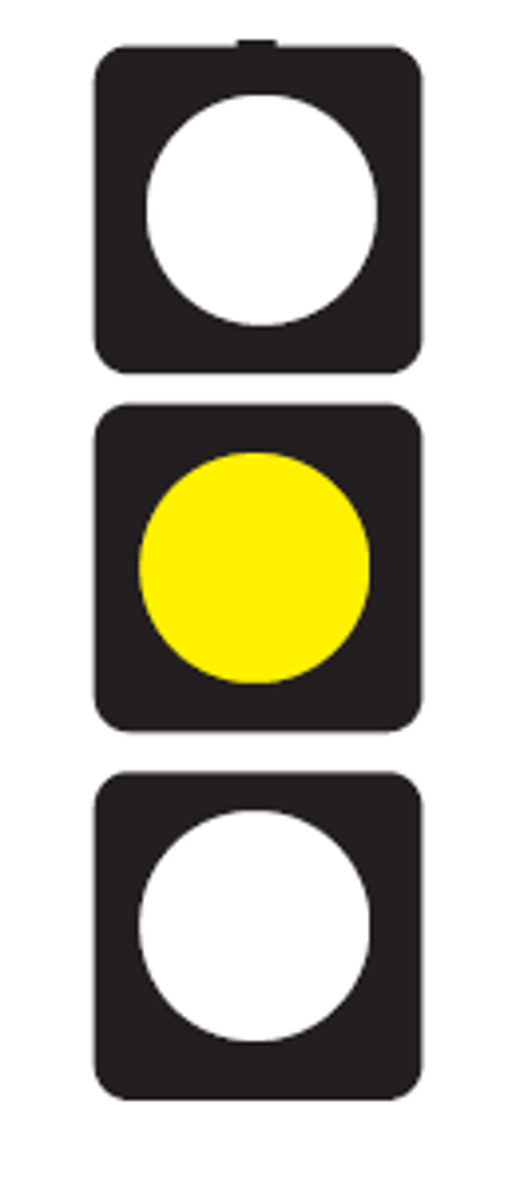
A flashing yellow light means slow down and proceed with caution. Flashing yellow lights are at locations with higher-than-normal hazardous conditions.
Flashing Yellow Light
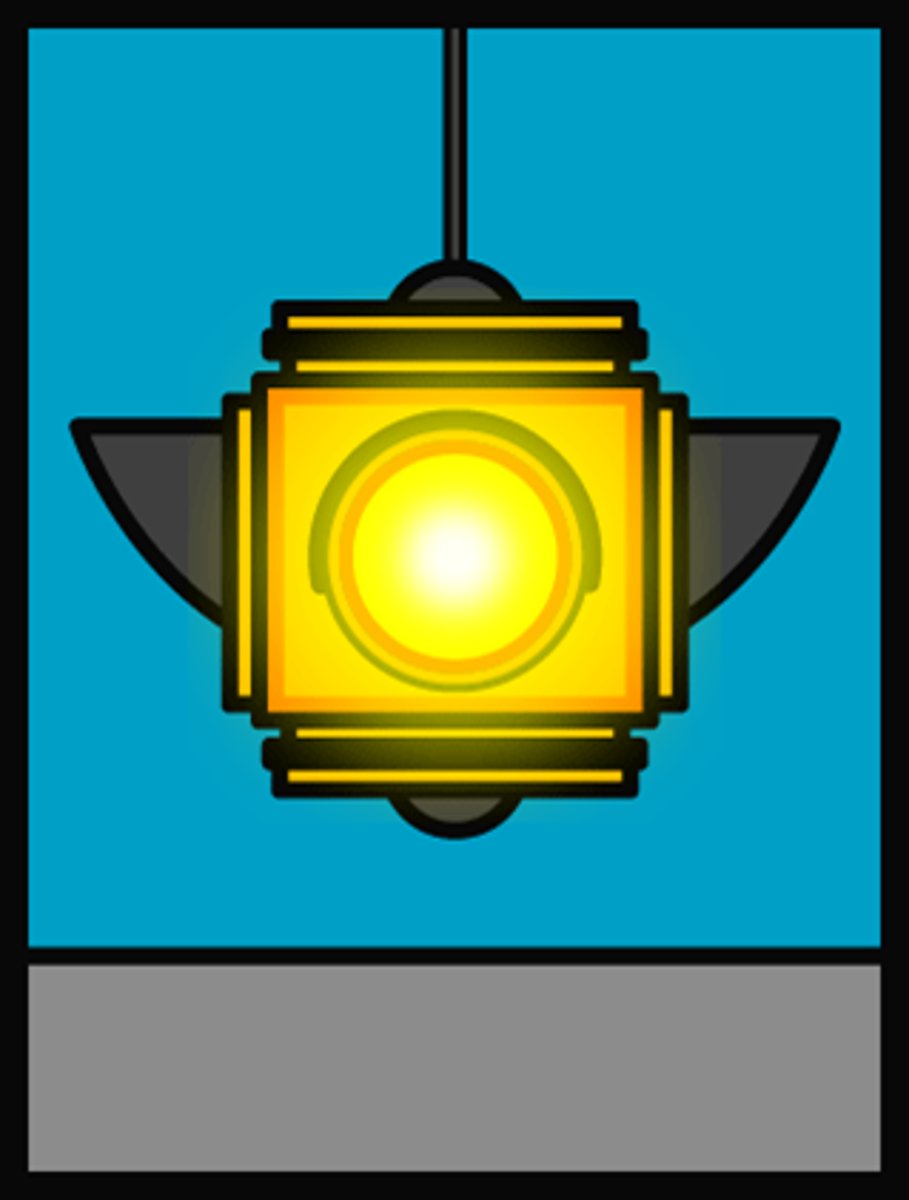
At a flashing yellow arrow, you may turn in the direction of the arrow, if the way is clear. Yield the right-of-way to vehicles coming from the other direction and pedestrians in the intersection. Be sure to check for less visible vehicles such as motorcycles, bicycles, and mopeds. If a traffic light changes from red to flashing yellow arrow while a pedestrian is in the intersection, allow the pedestrian to cross the street before turning.
Flashing Yellow Arrow
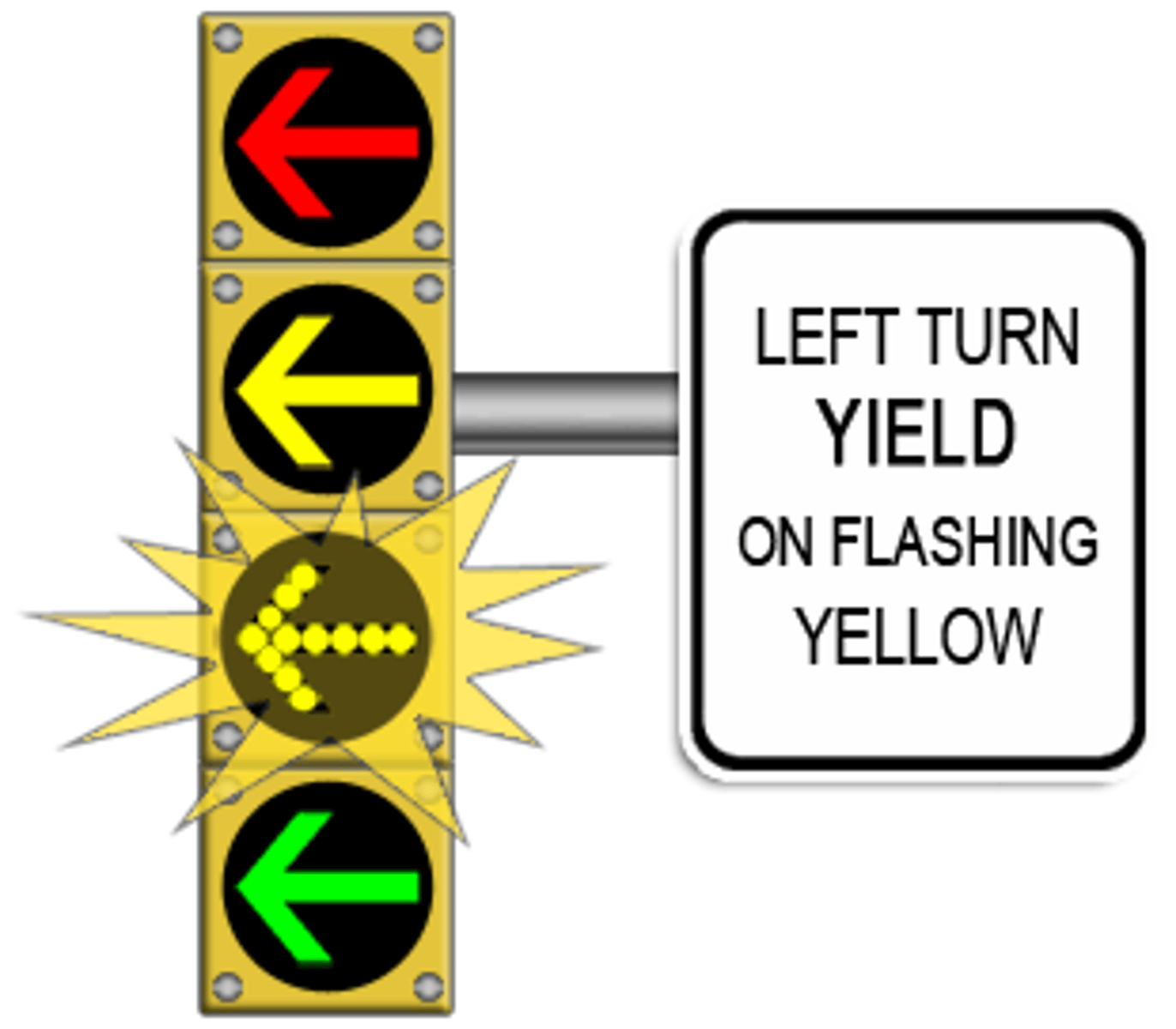
You may go if the way is clear. At a green arrow, you may go in the direction of the arrow if the way is clear. If you are turning, you must yield the right-of-way to vehicles coming from the other direction and pedestrians in the intersection. Be sure to check for less visible vehicles such as motorcycles, bicycles and mopeds. If a traffic light changes from red to green while a pedestrian is in the street, allow the pedestrian to cross the street before turning.
Green Light or Arrow
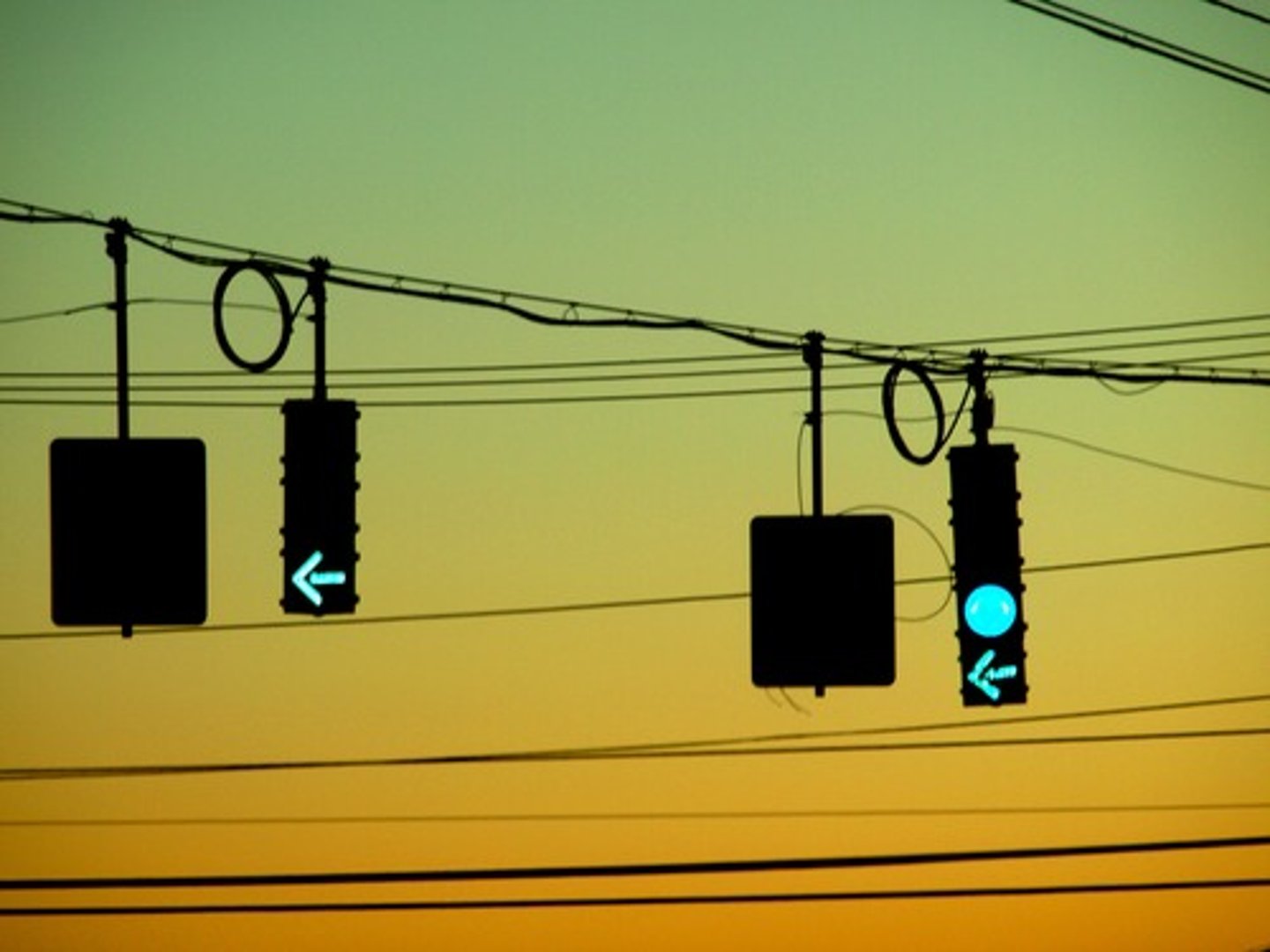
•Never drive in a lane marked with a red X signal.
•A yellow X signal means that you should move out of the lane as soon as safely as possible.
•You are permitted to drive in a lane marked with a green arrow signal.
•You are permitted to enter in a lane marked with a one-way or two-way arrow only to turn in the direction of the arrow.
Lane Use Signals
•Red X
•Yellow X
•Green Arrow
•Left-turn Arrow
Construction workers who normally wear orange or yellow vests, or yellow-green shirts or jackets. They use stop/slow paddles and red flags to direct traffic through the work zone and to let other workers or construction vehicles cross the road.
Flaggers
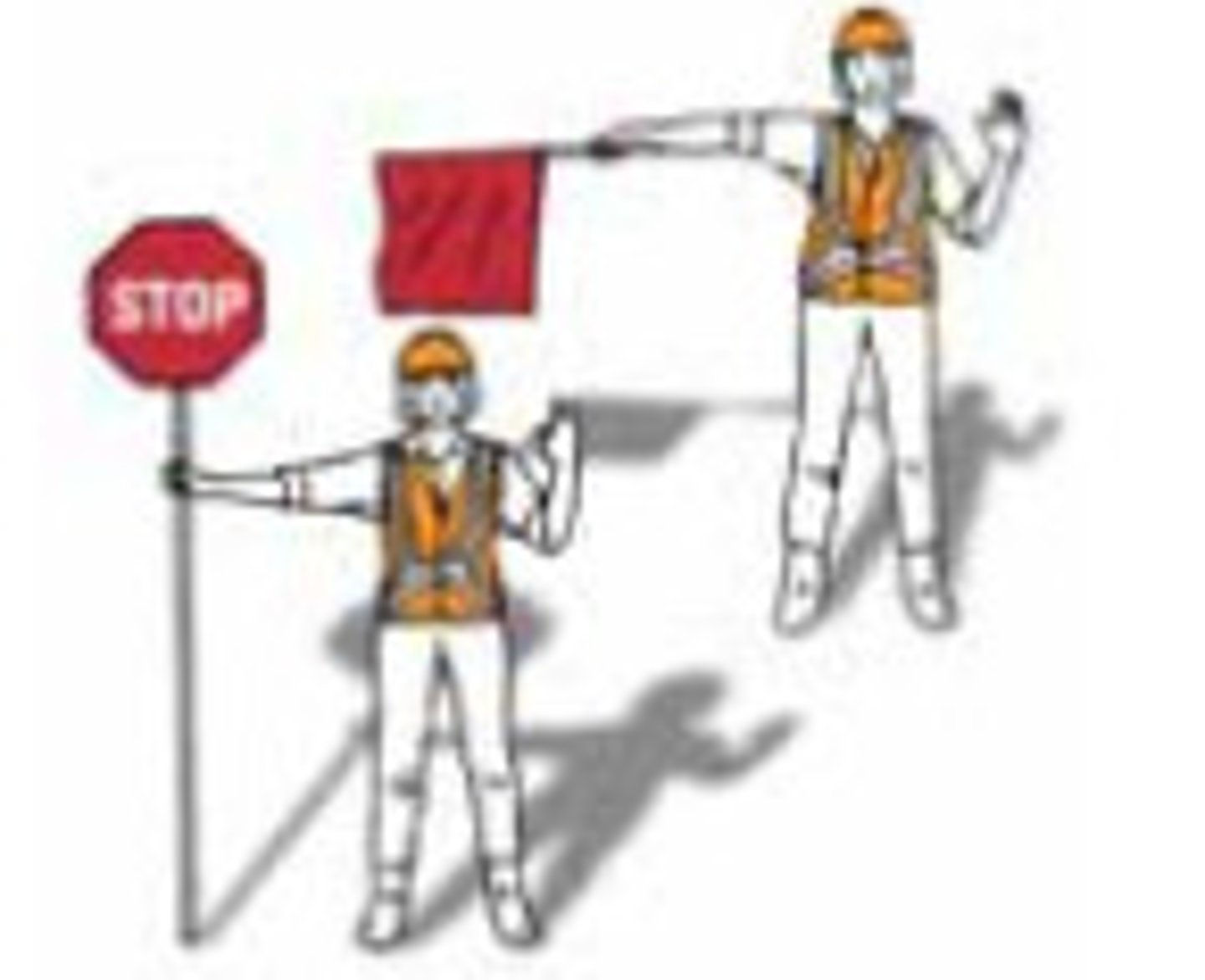
Travel at 25 MPH or less, such as farm equipment and horse-drawn vehicles, must display these signs when using a public highway. Be prepared to adjust your speed or position when you see a vehicle with one of these signs.
Slow Moving Vehicles
